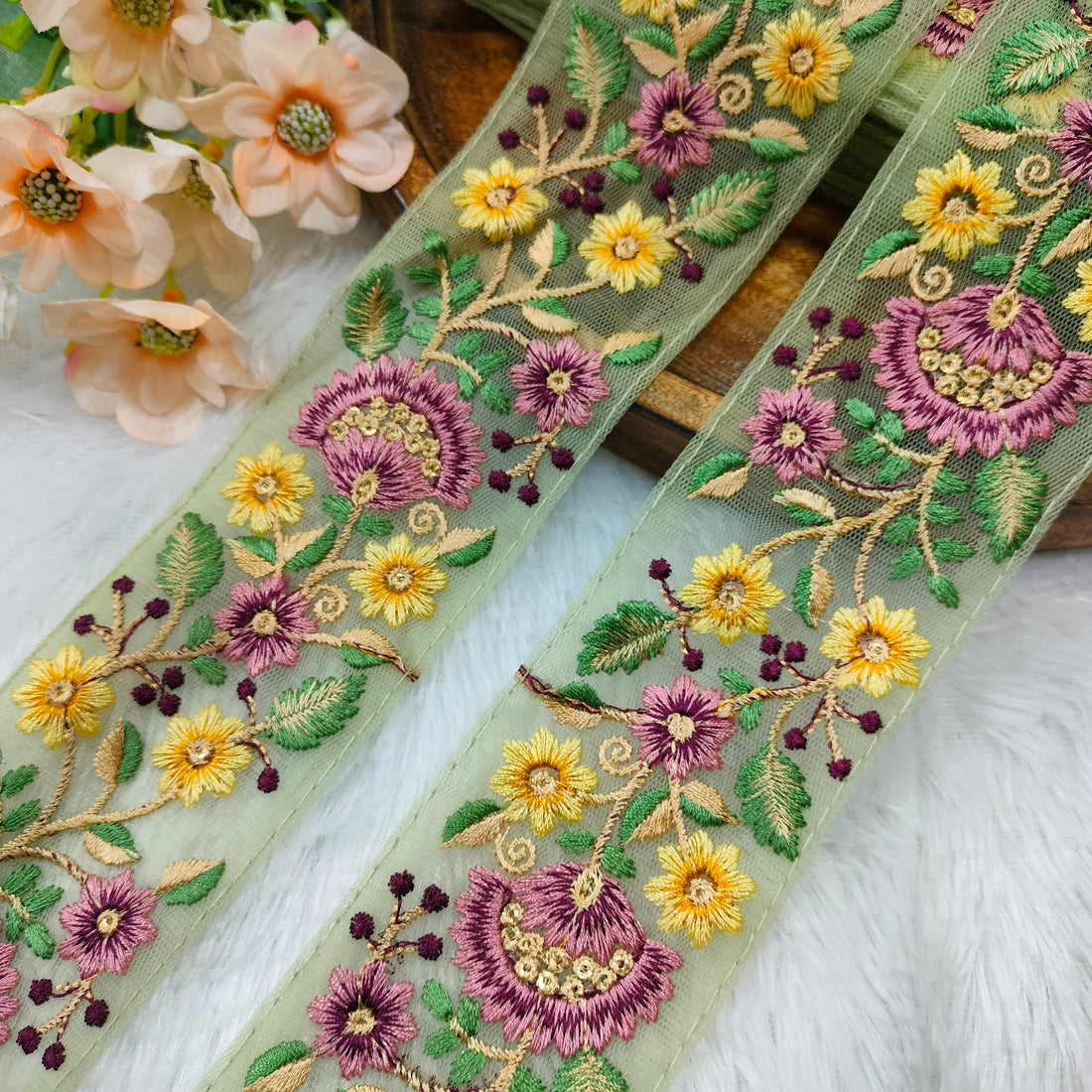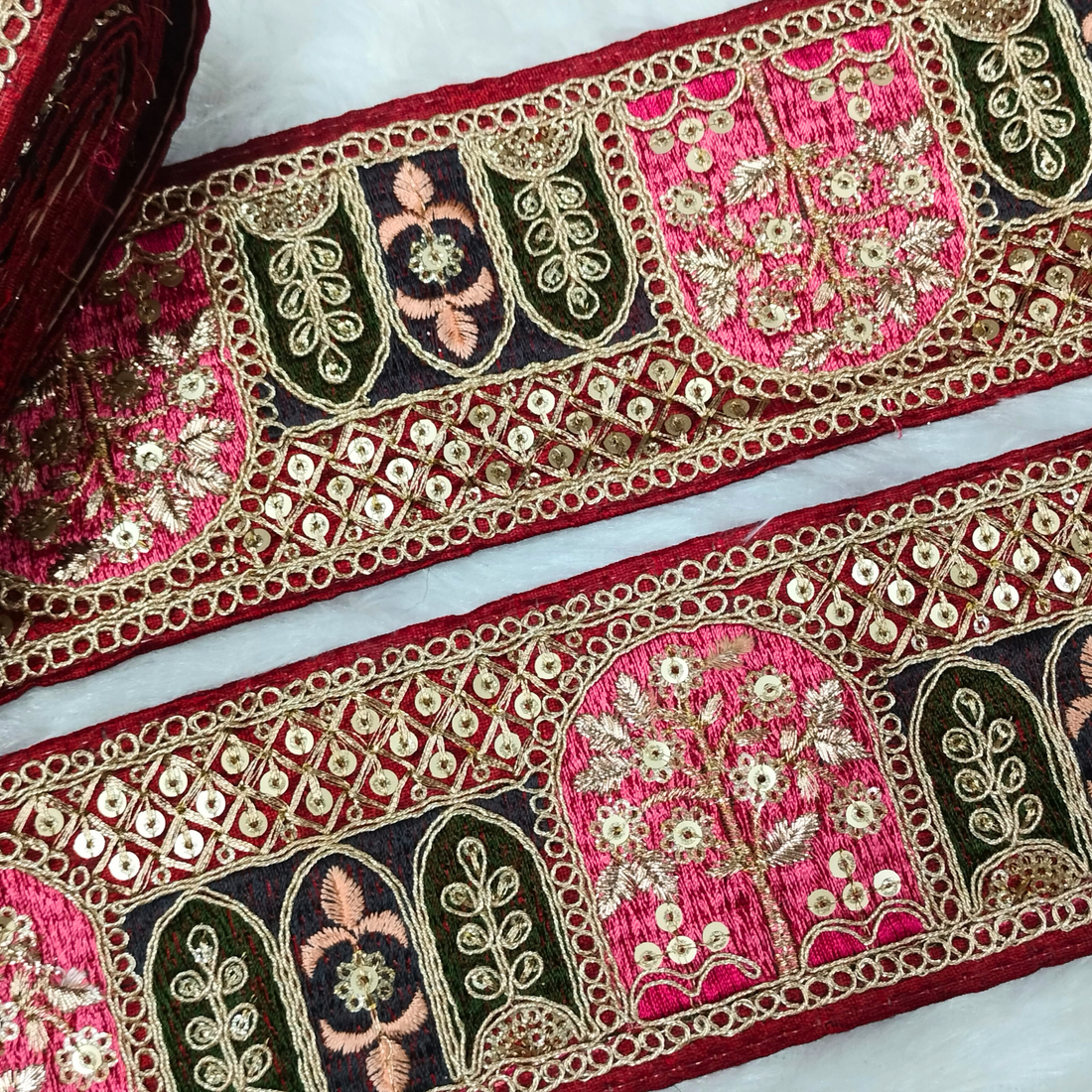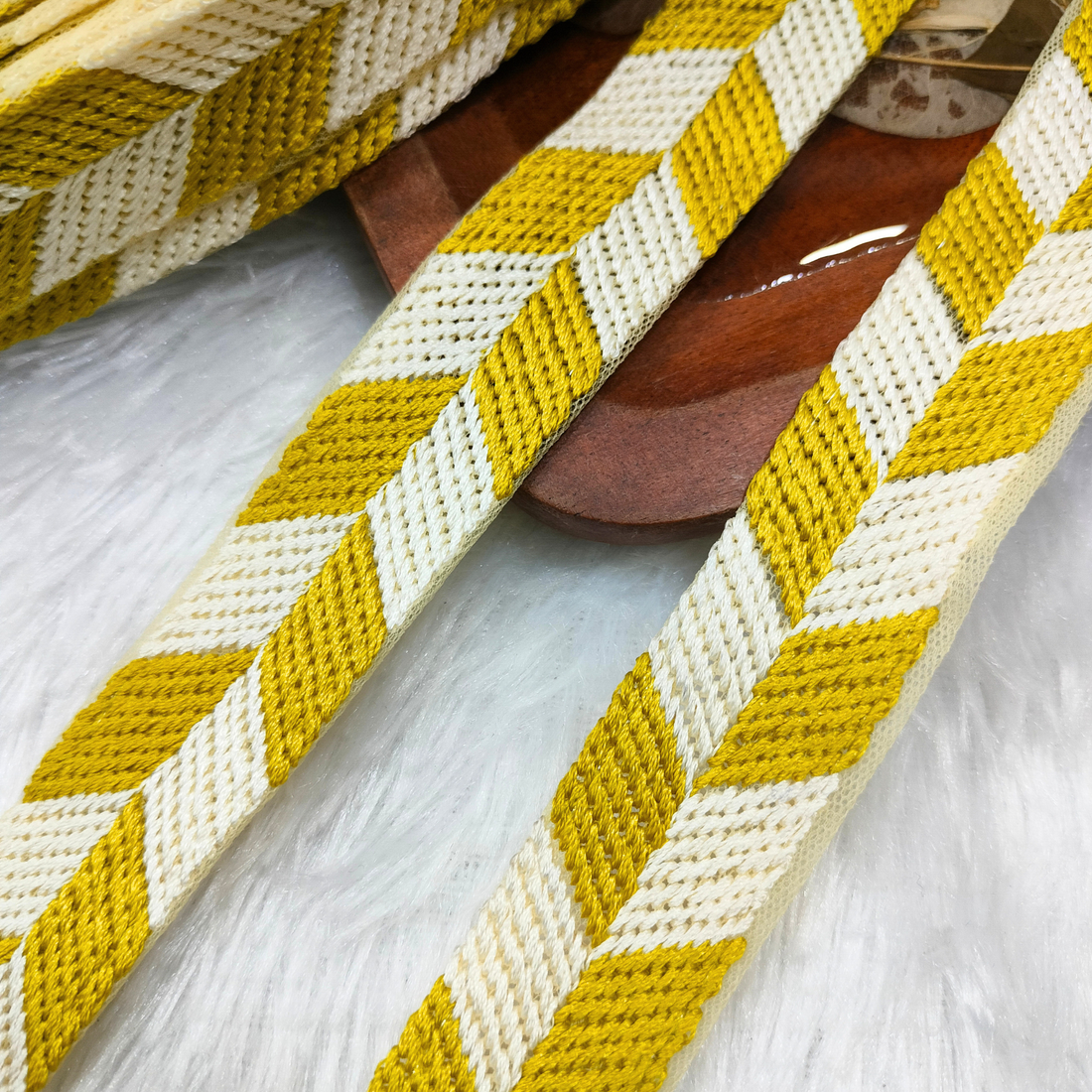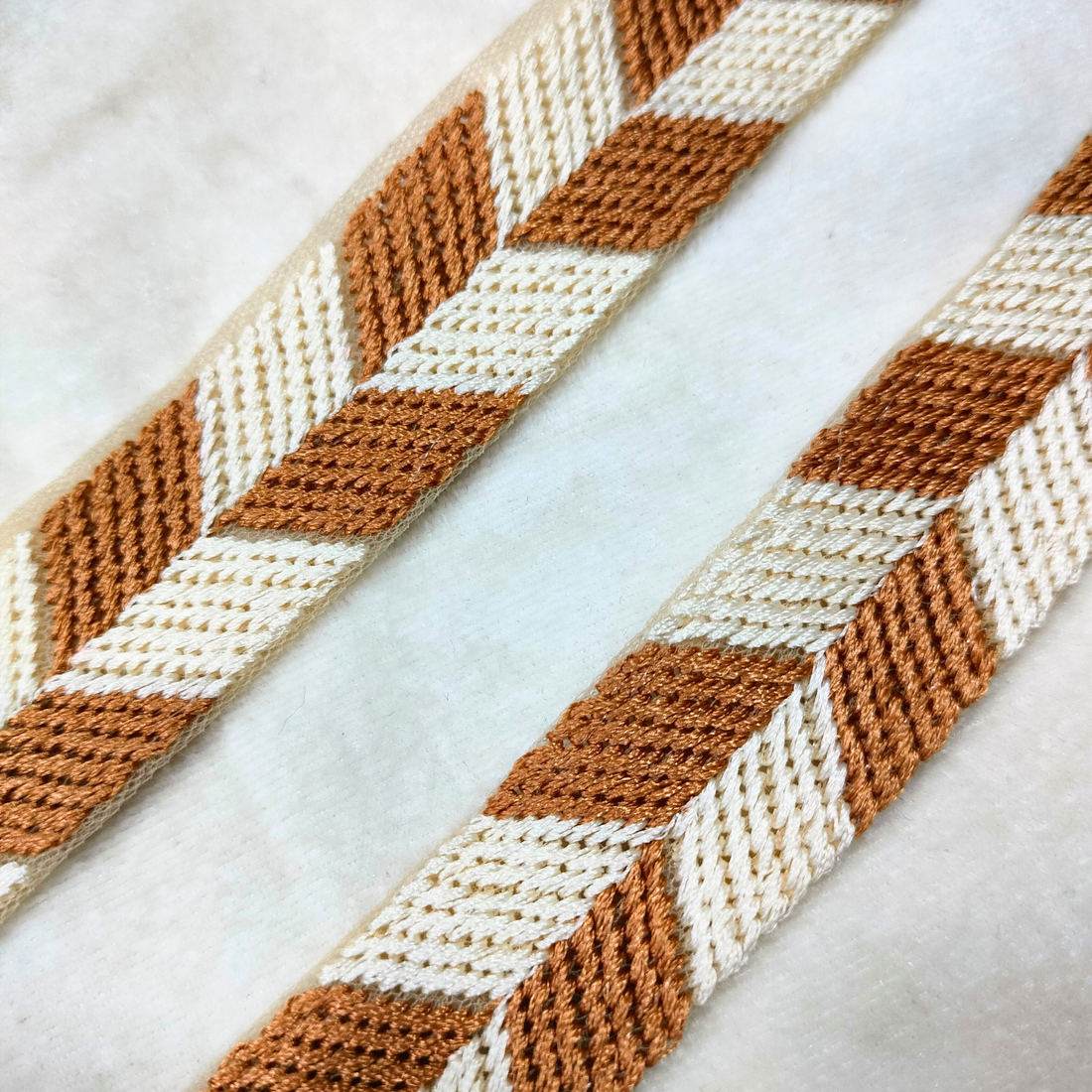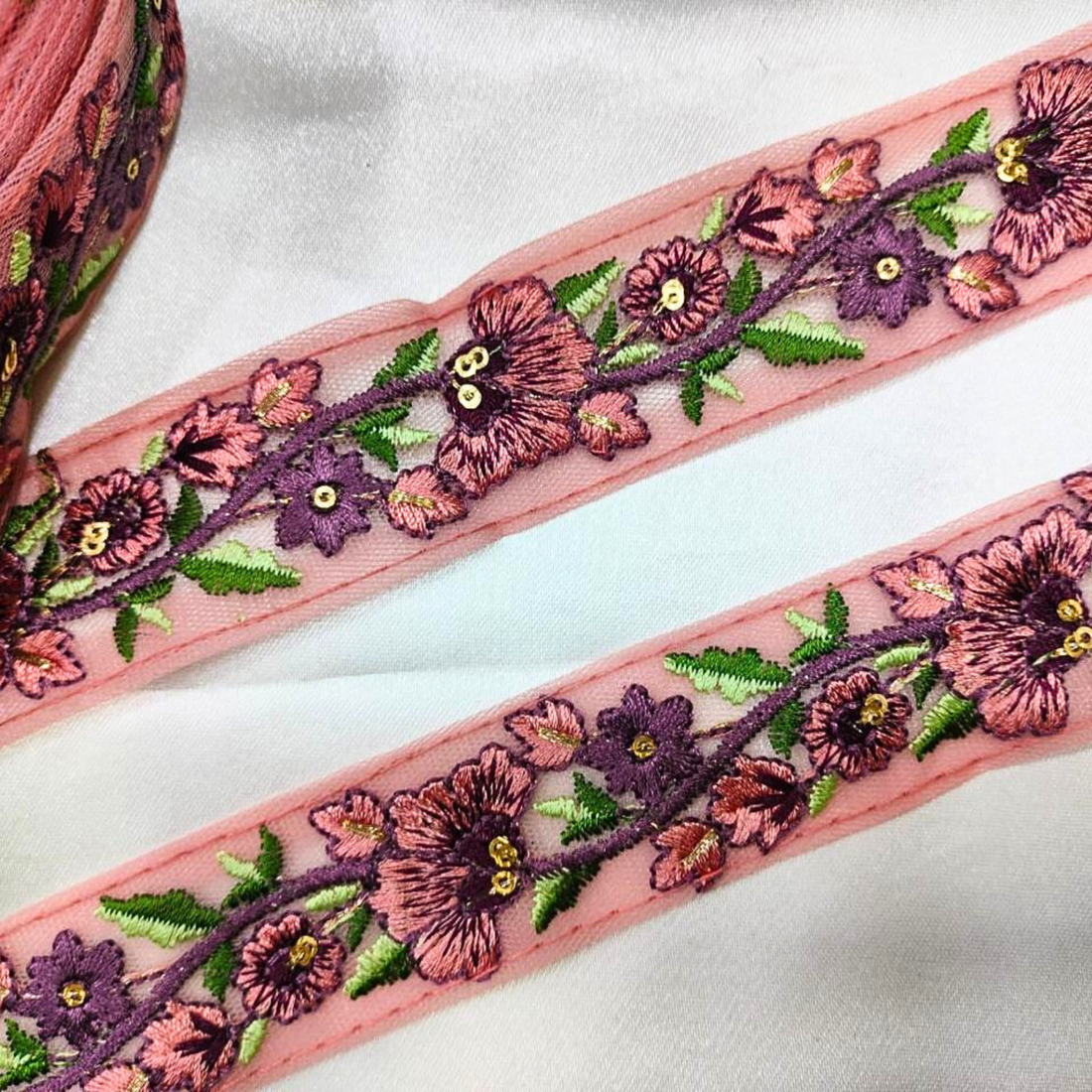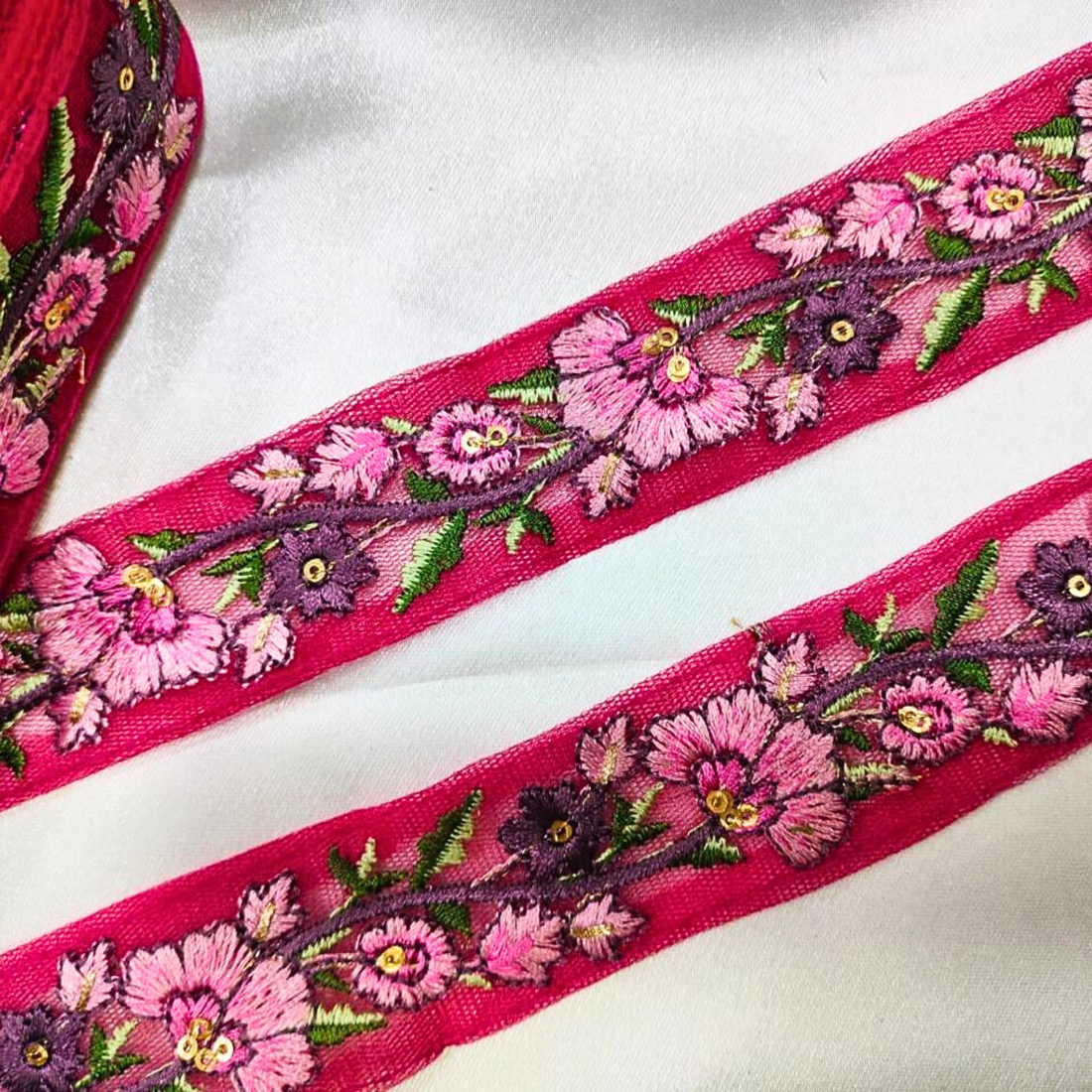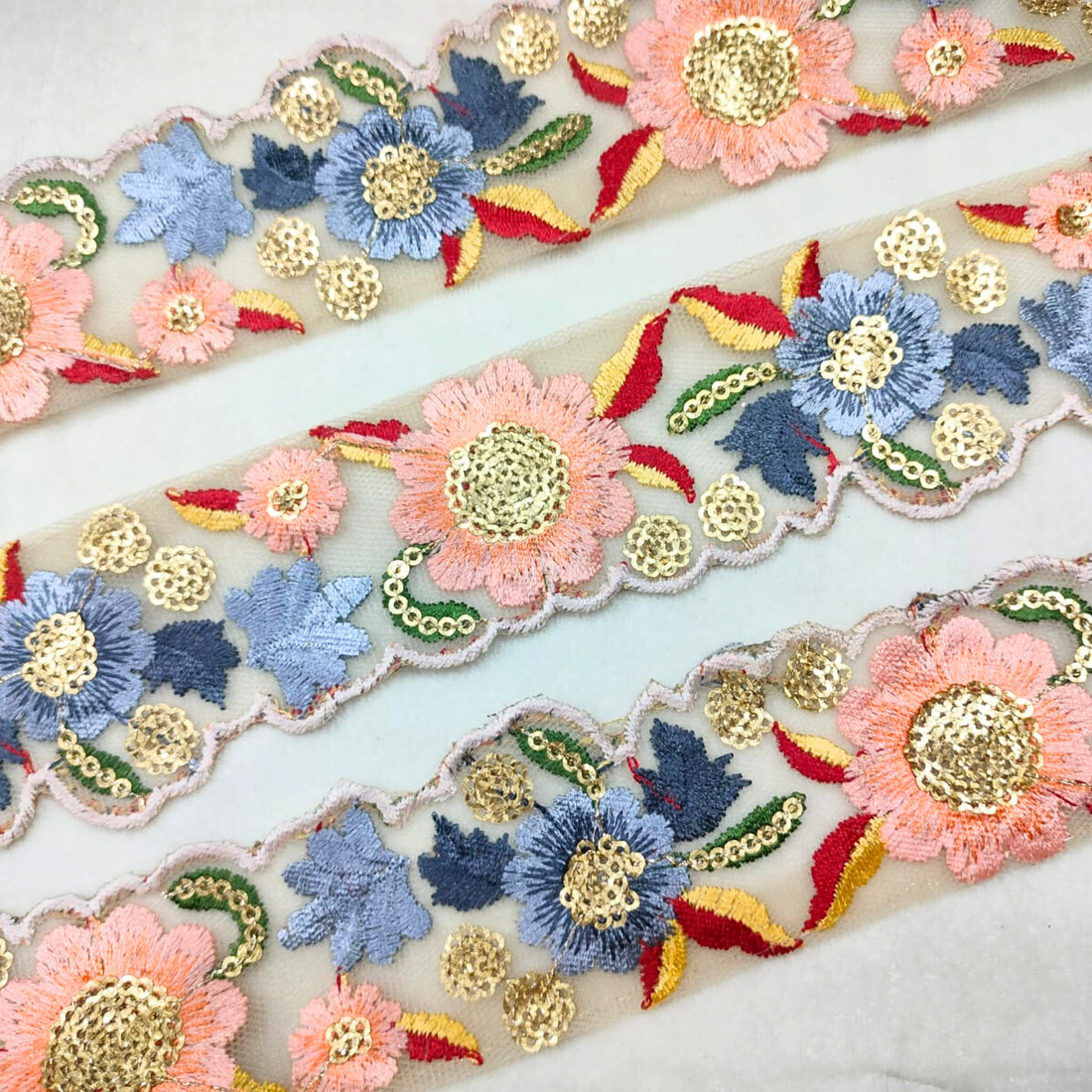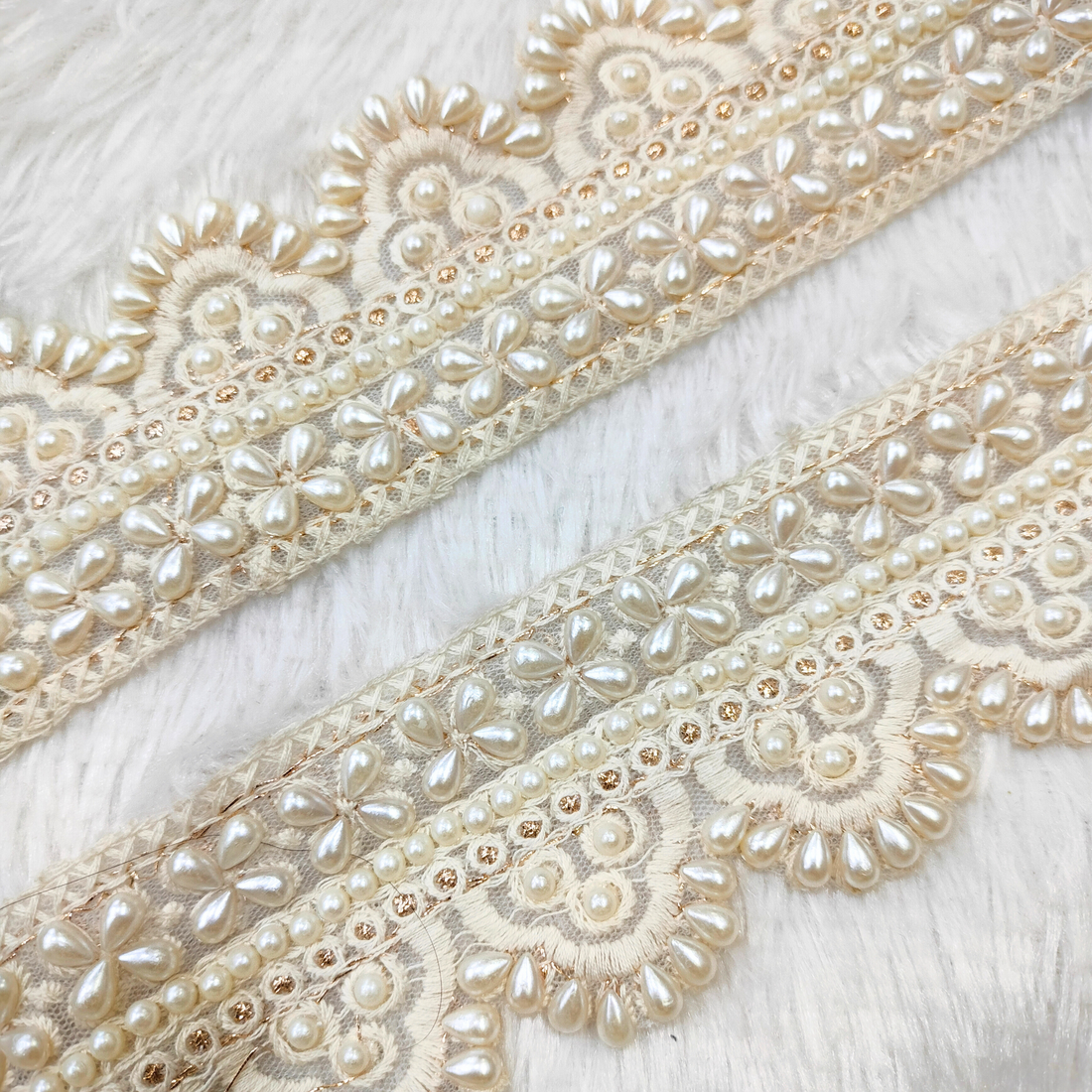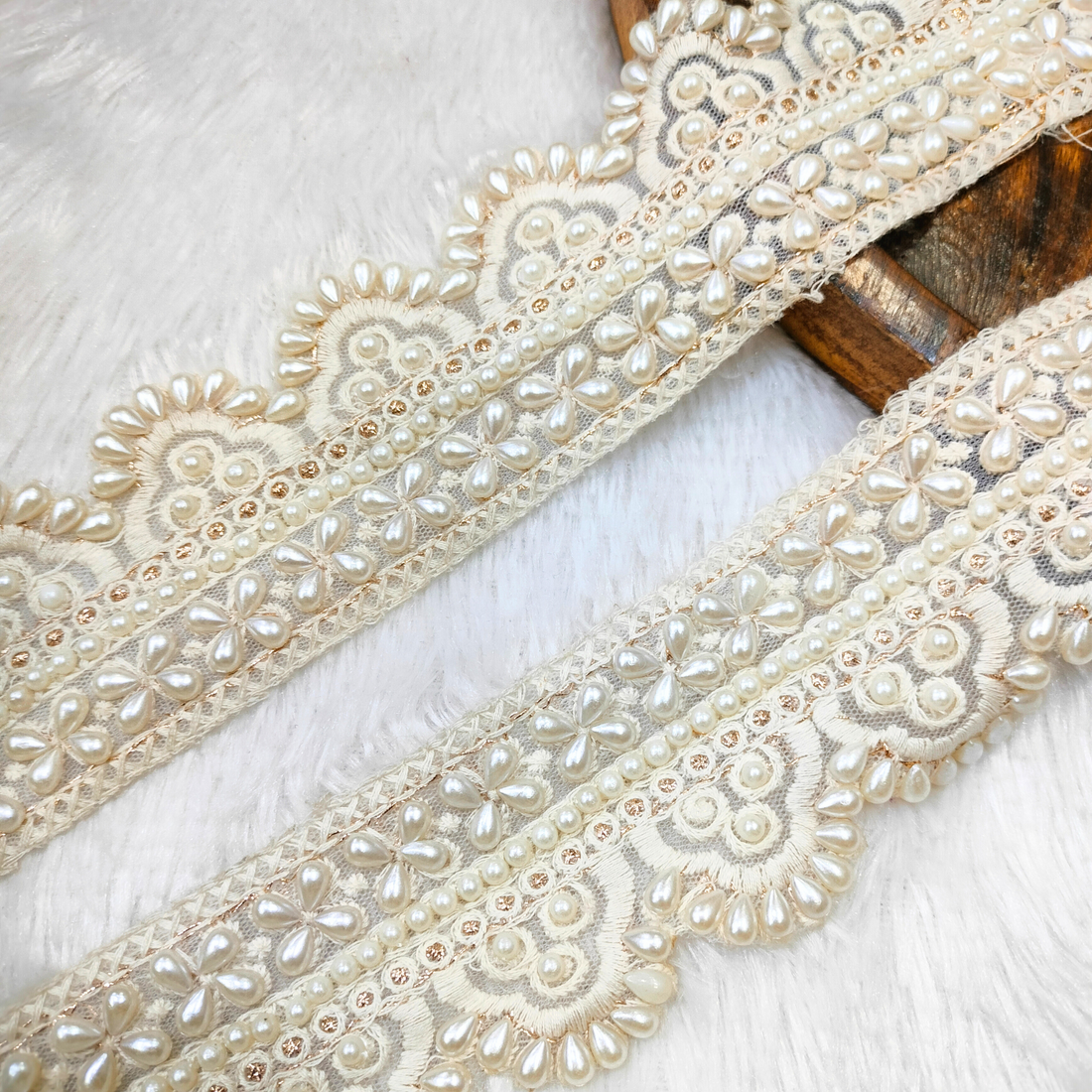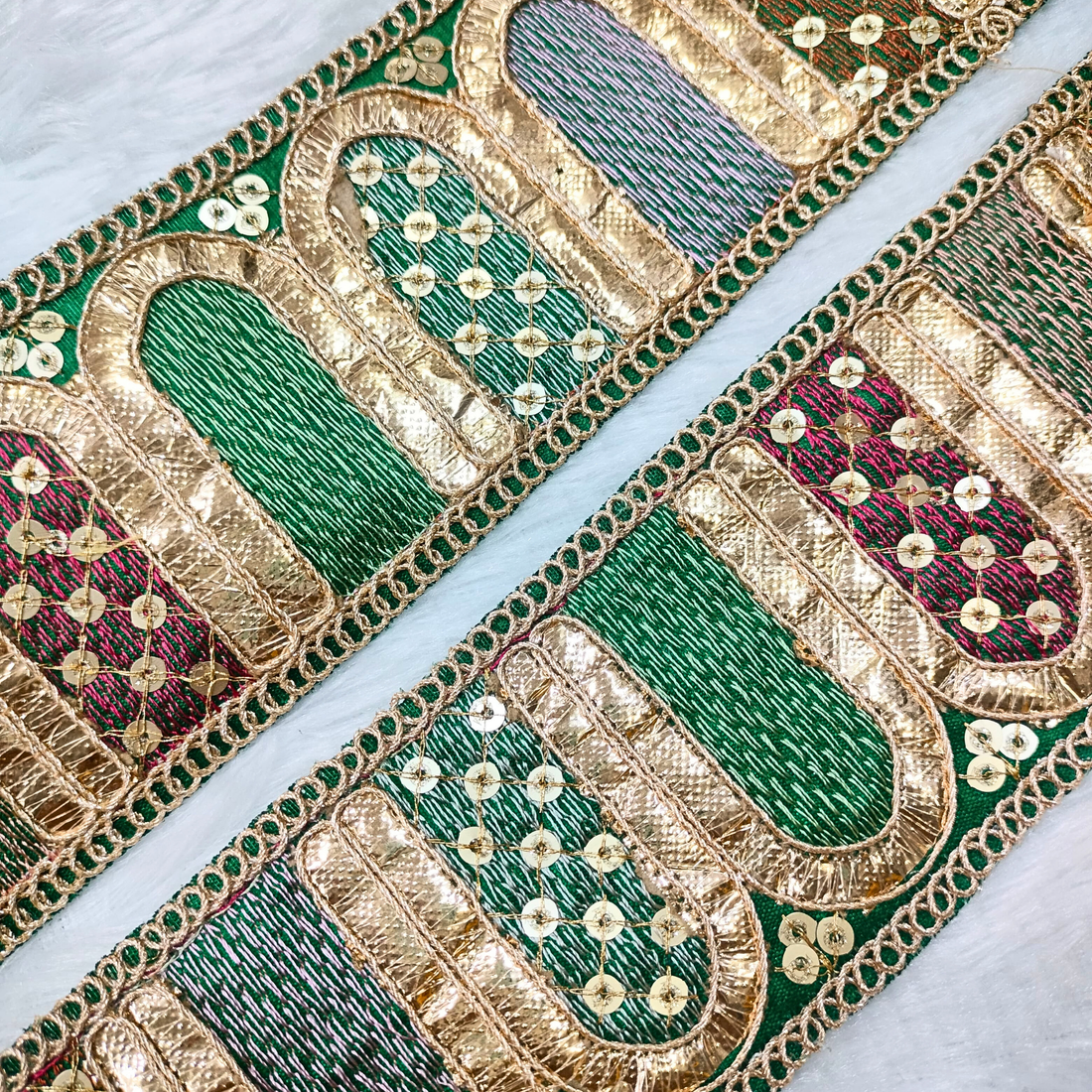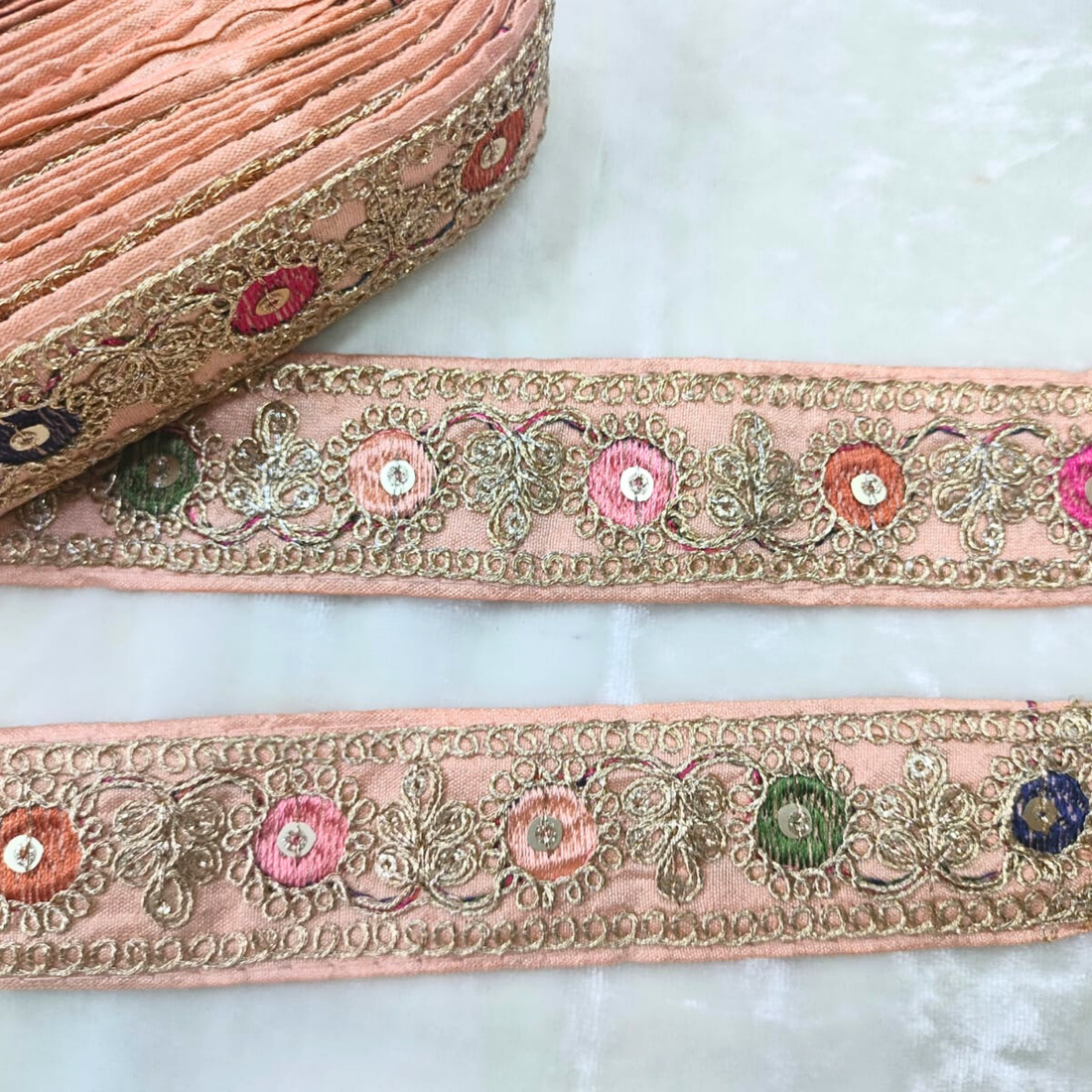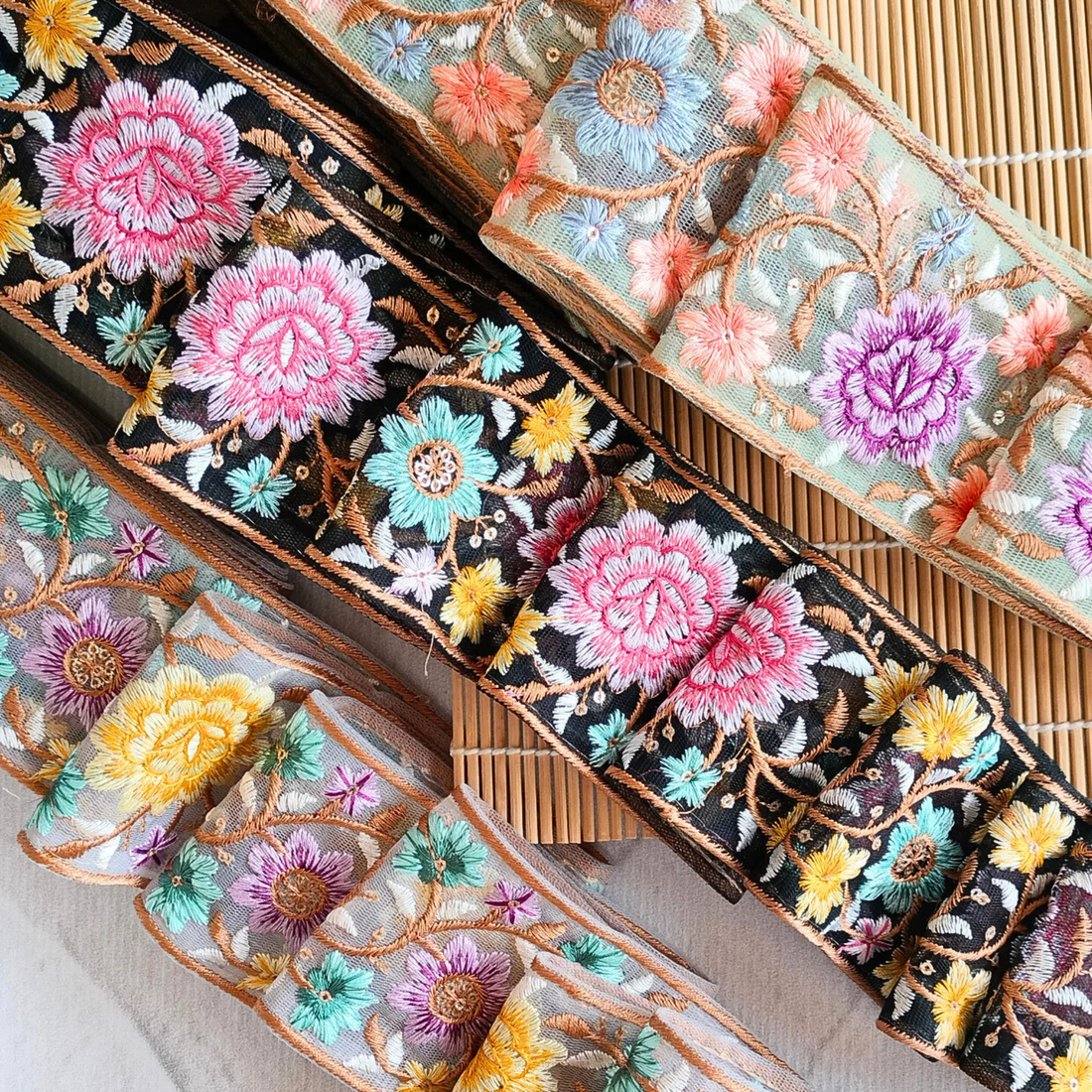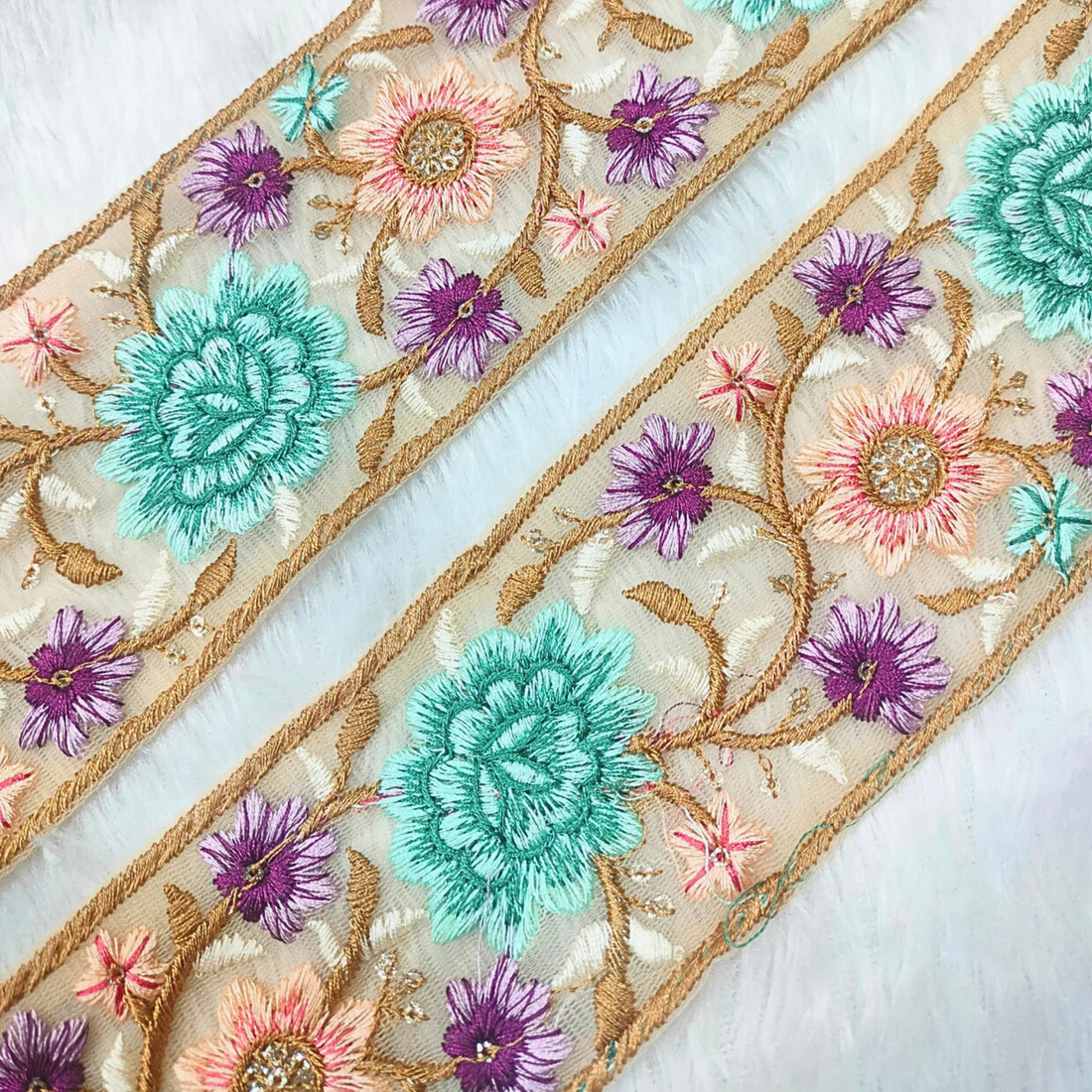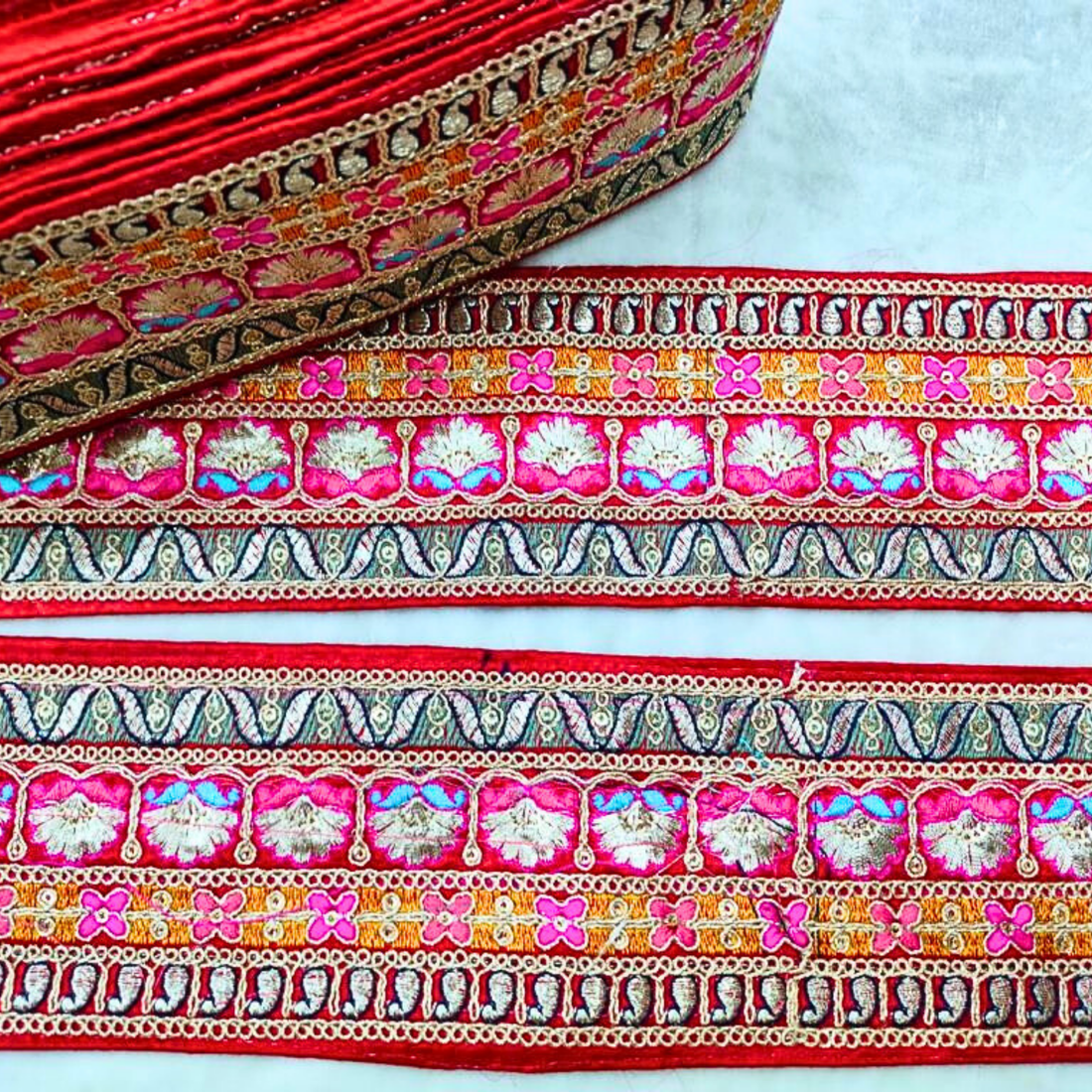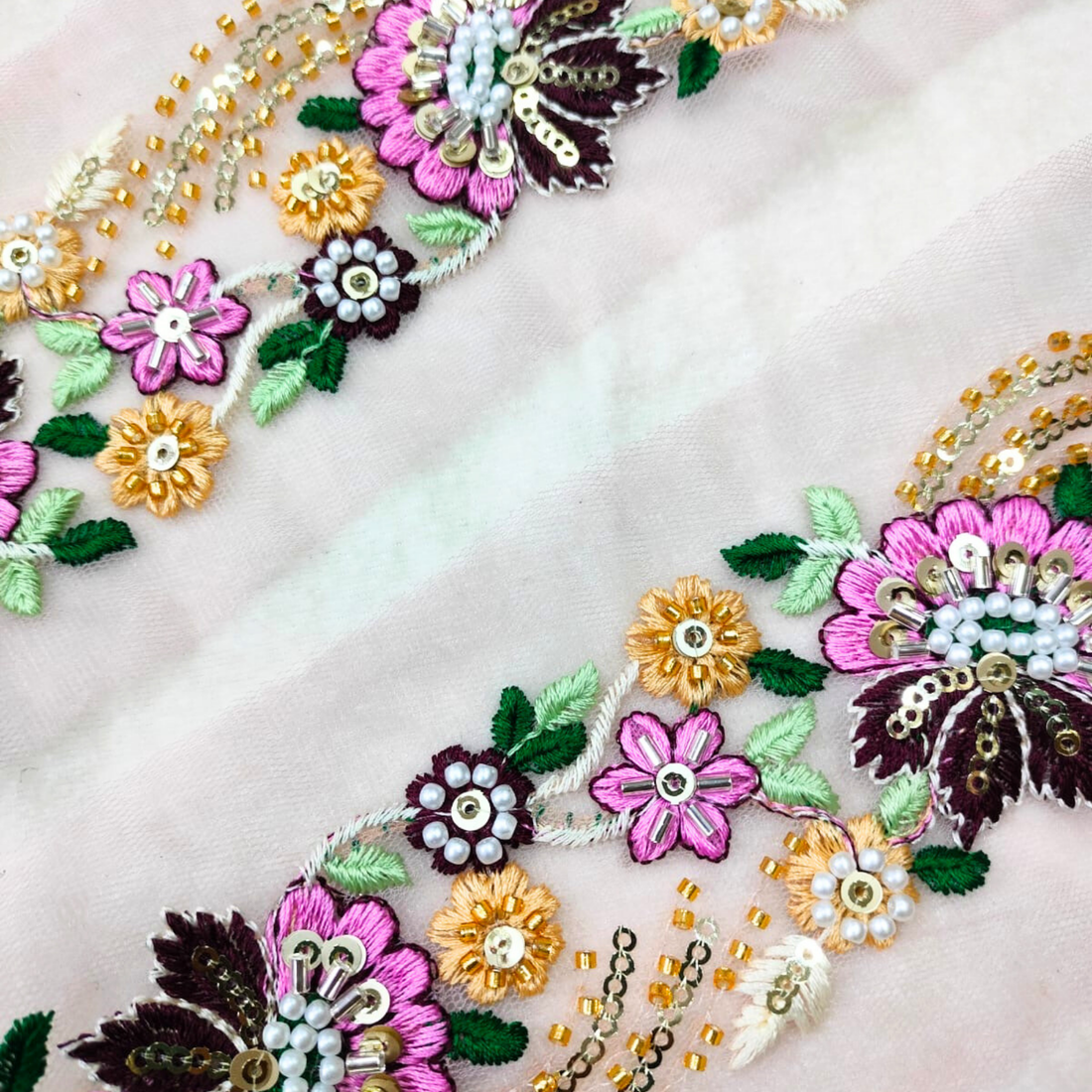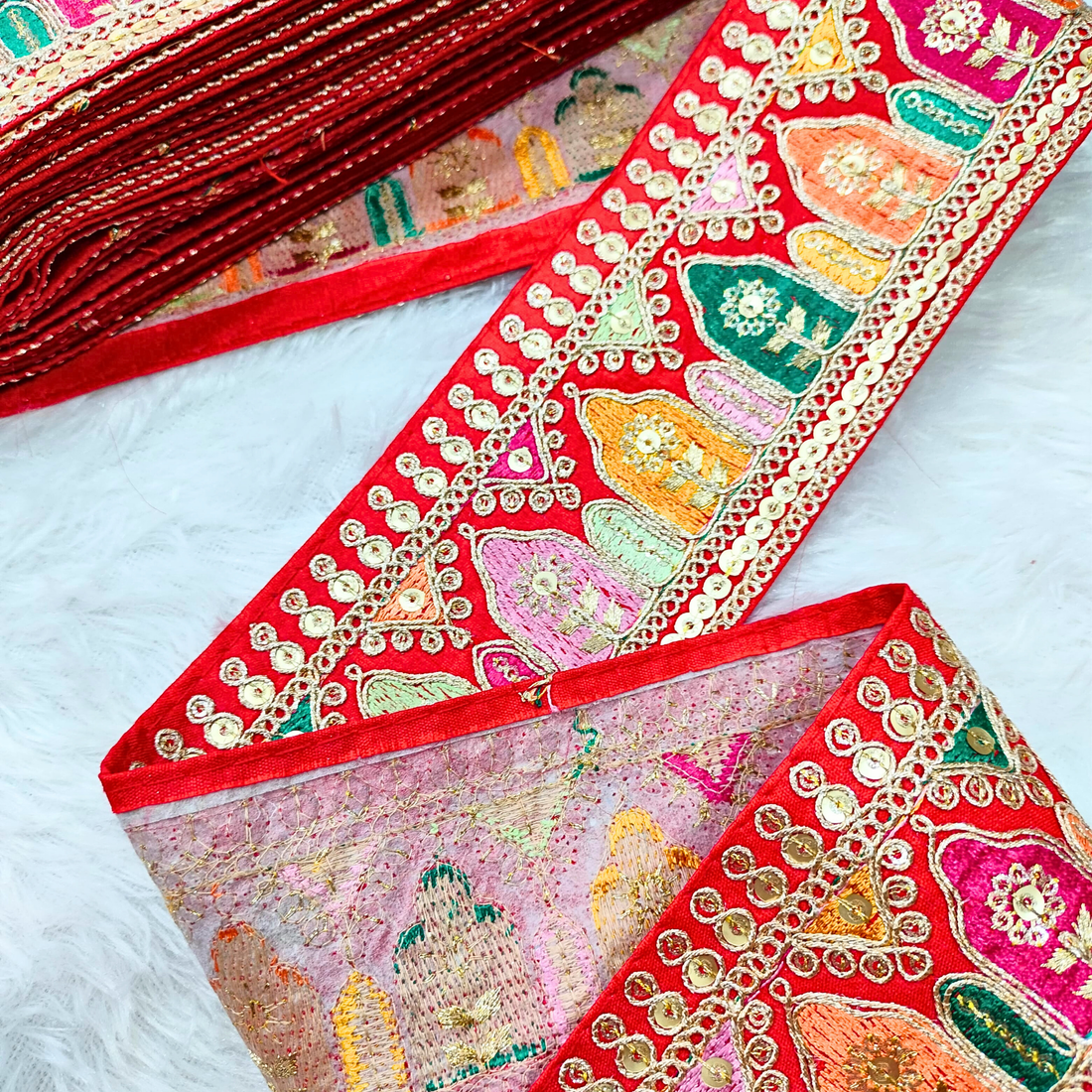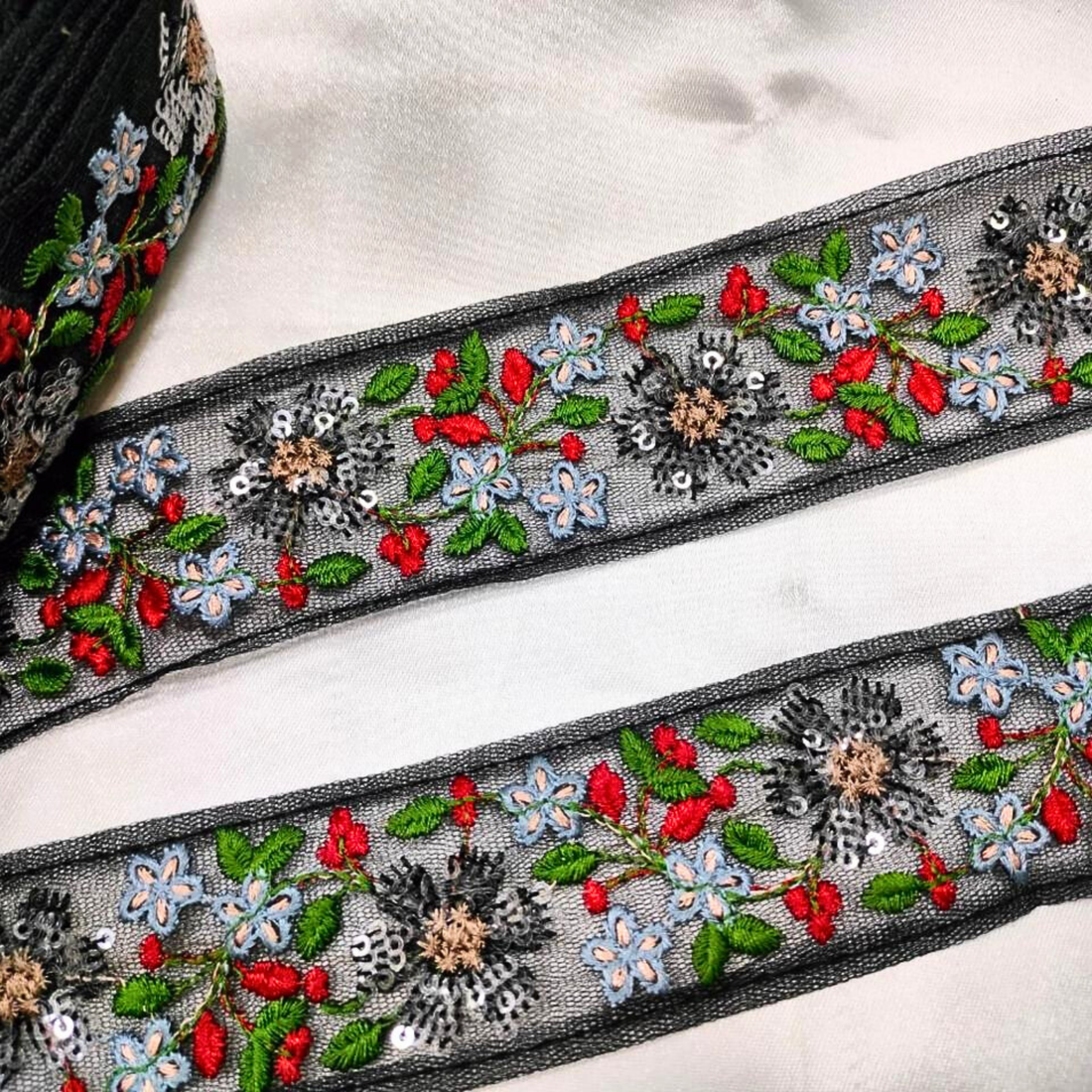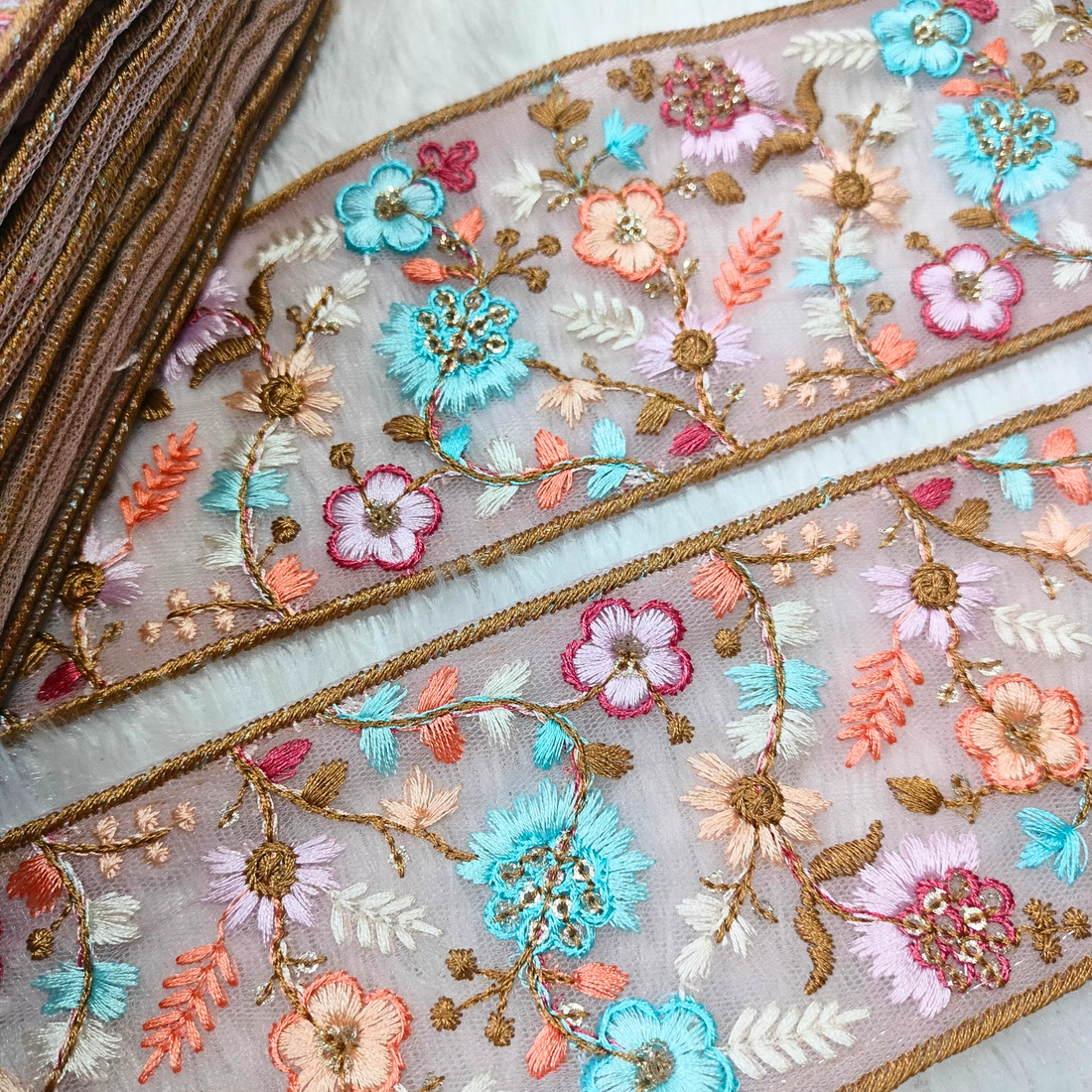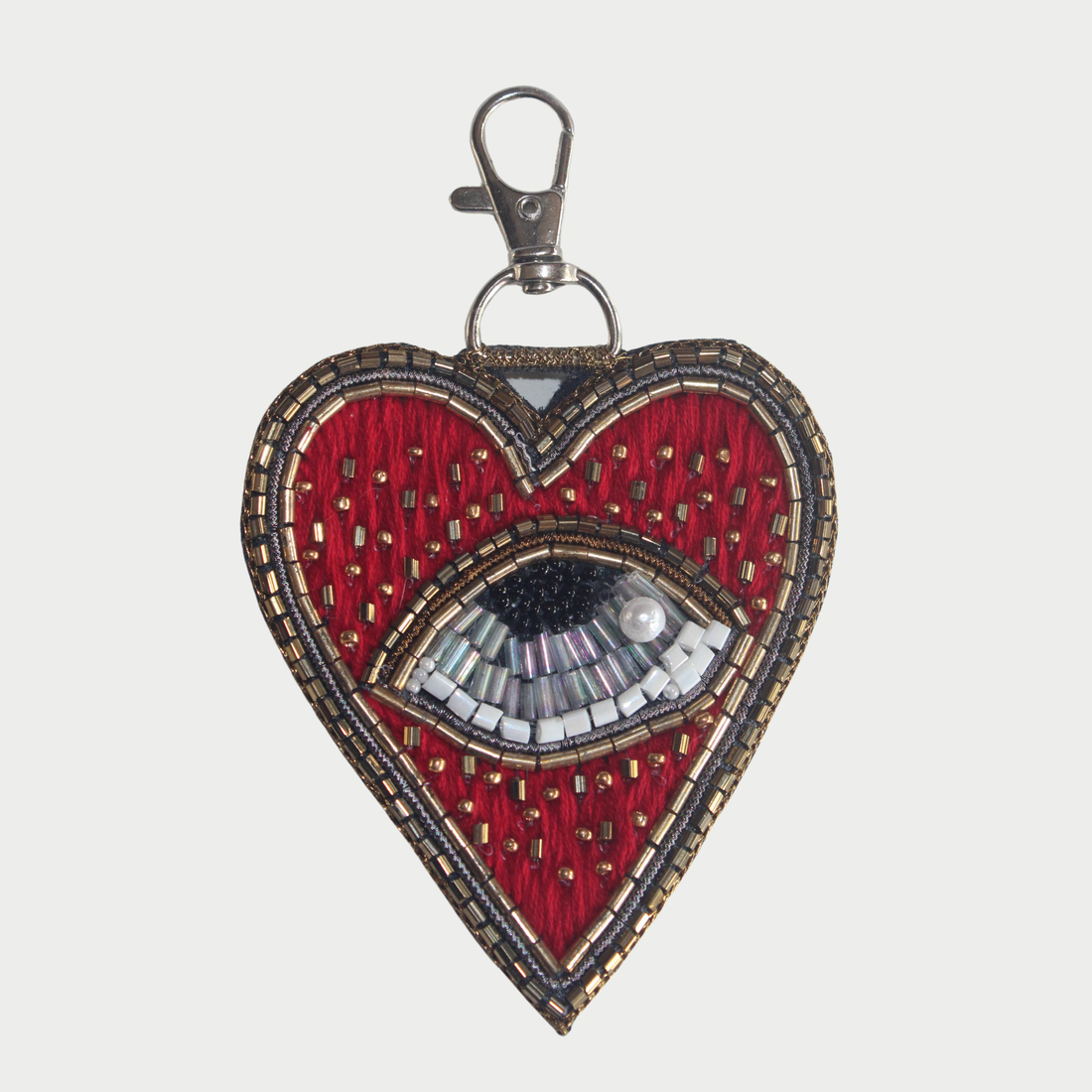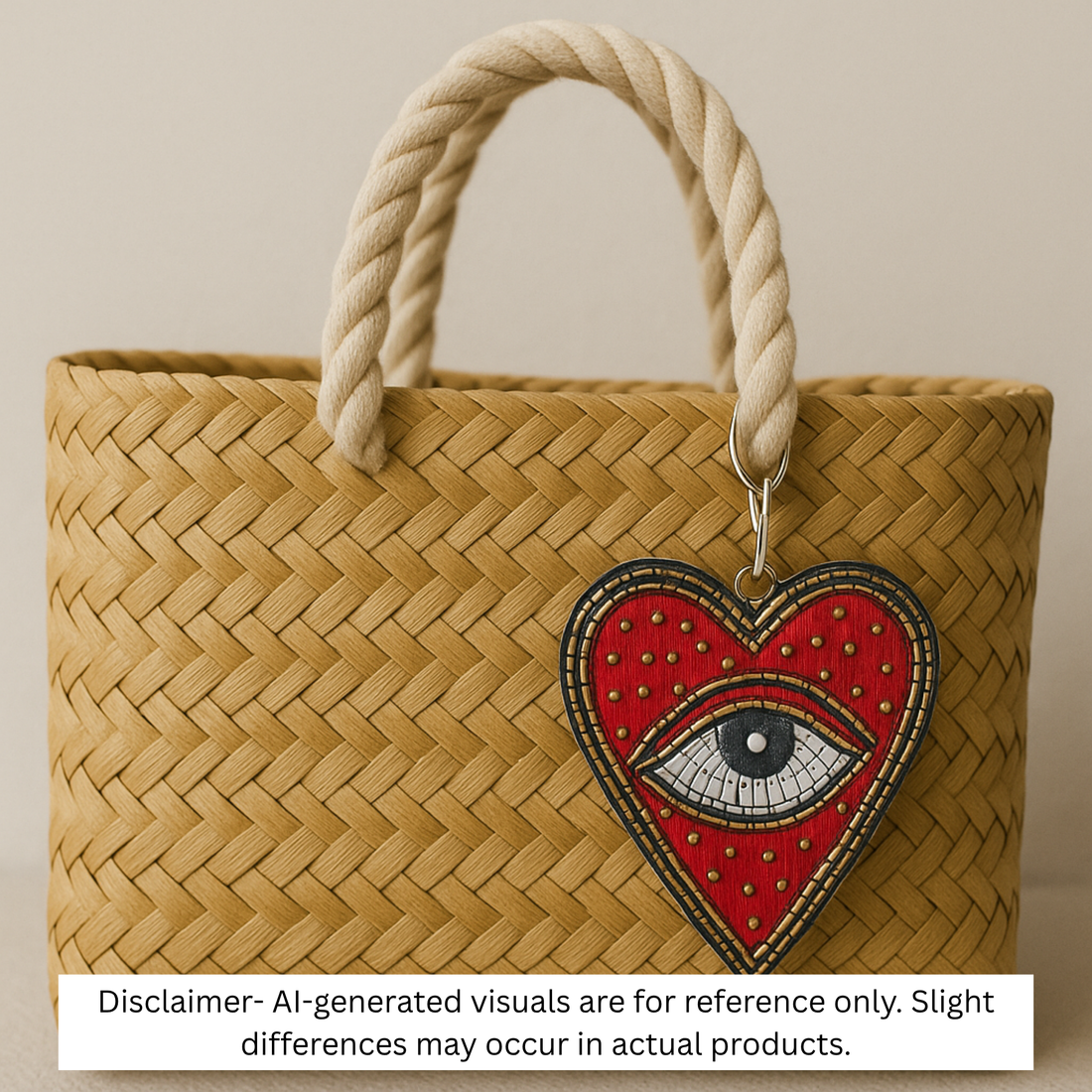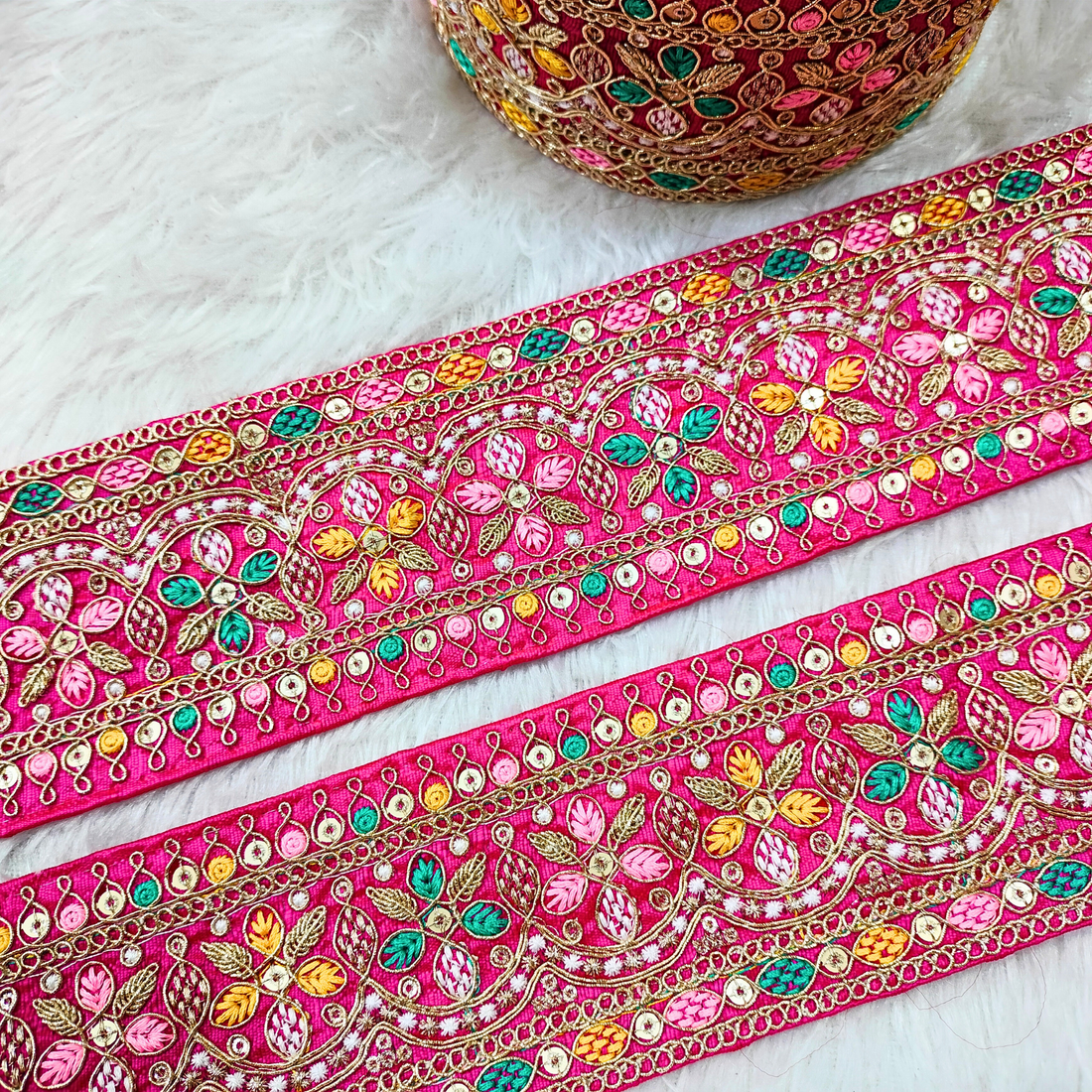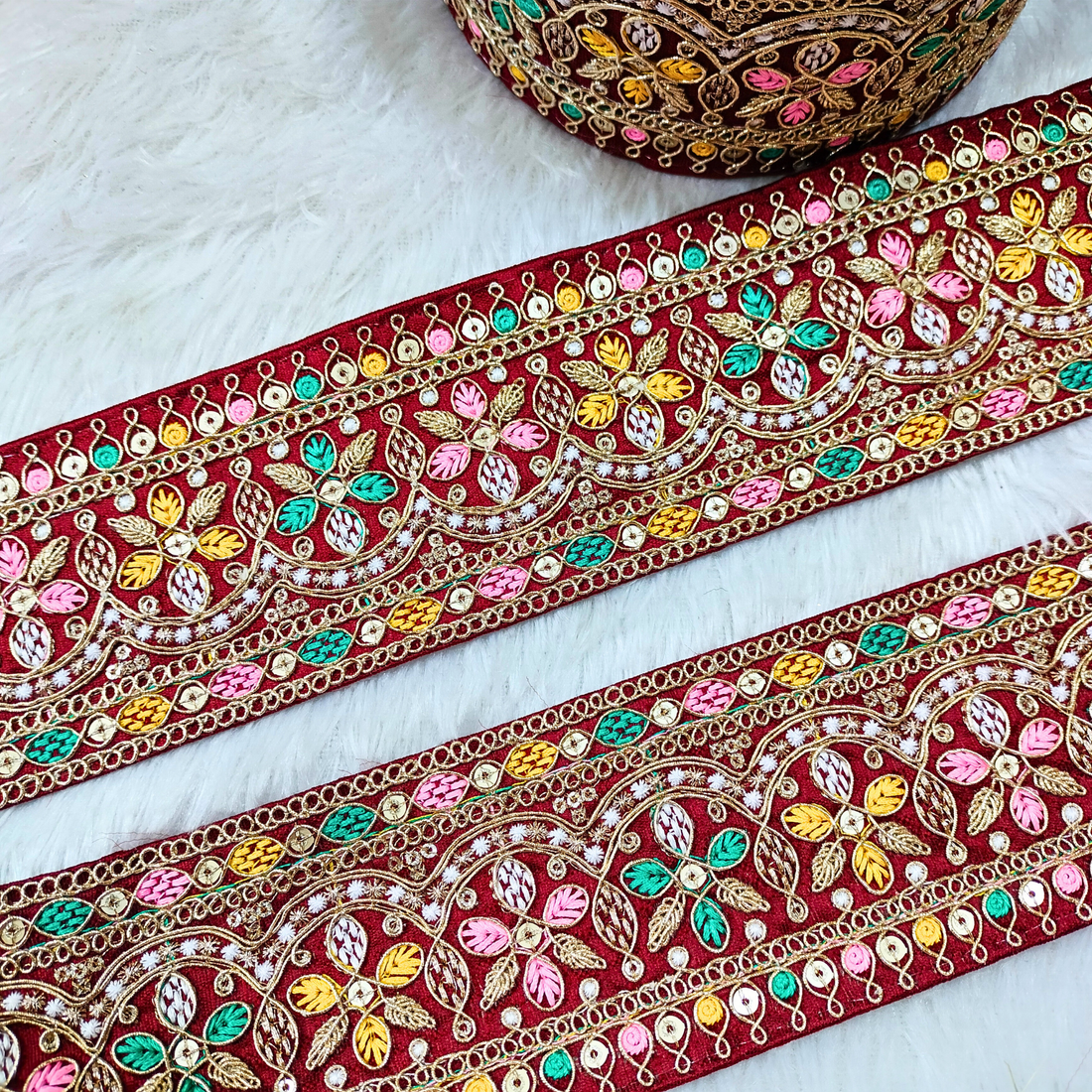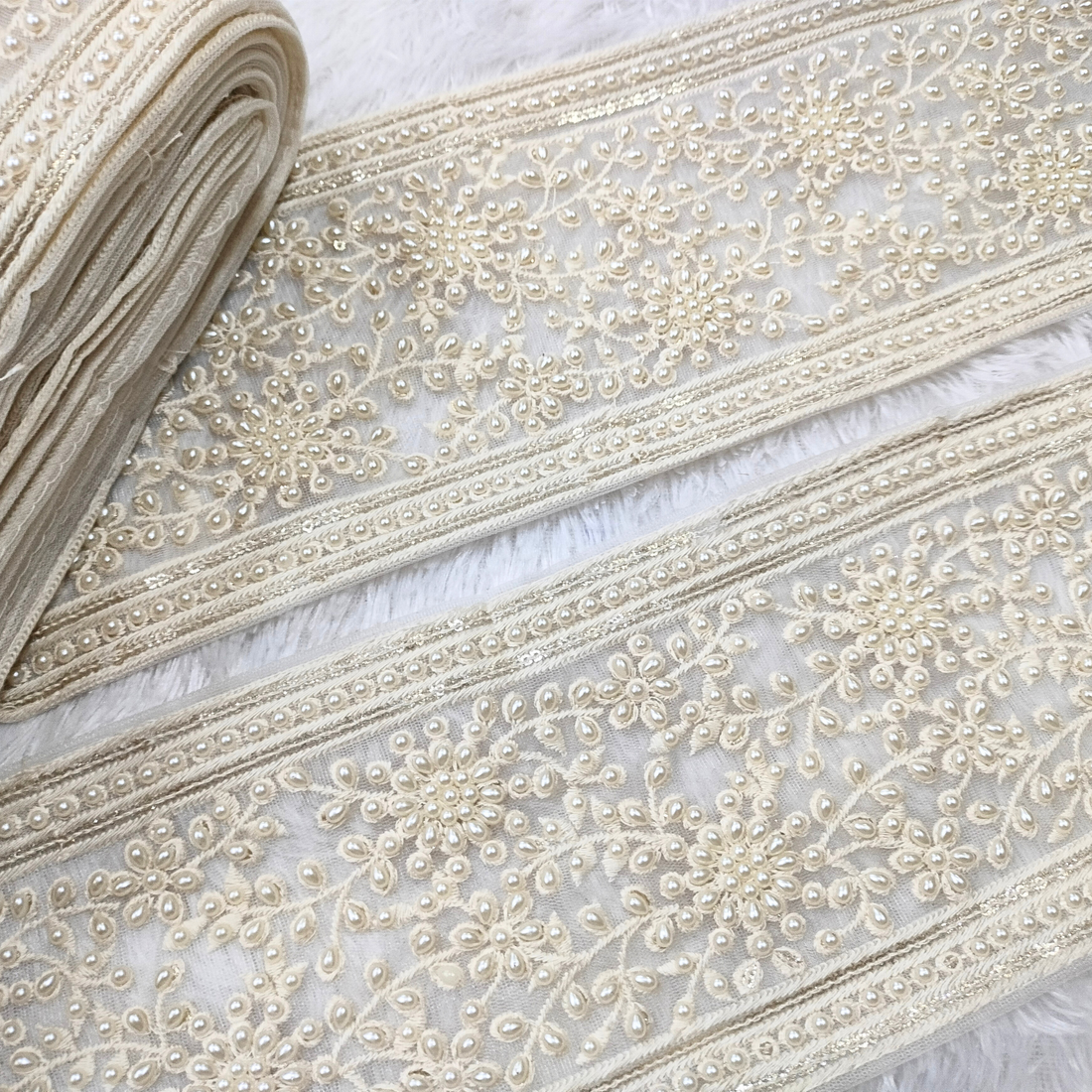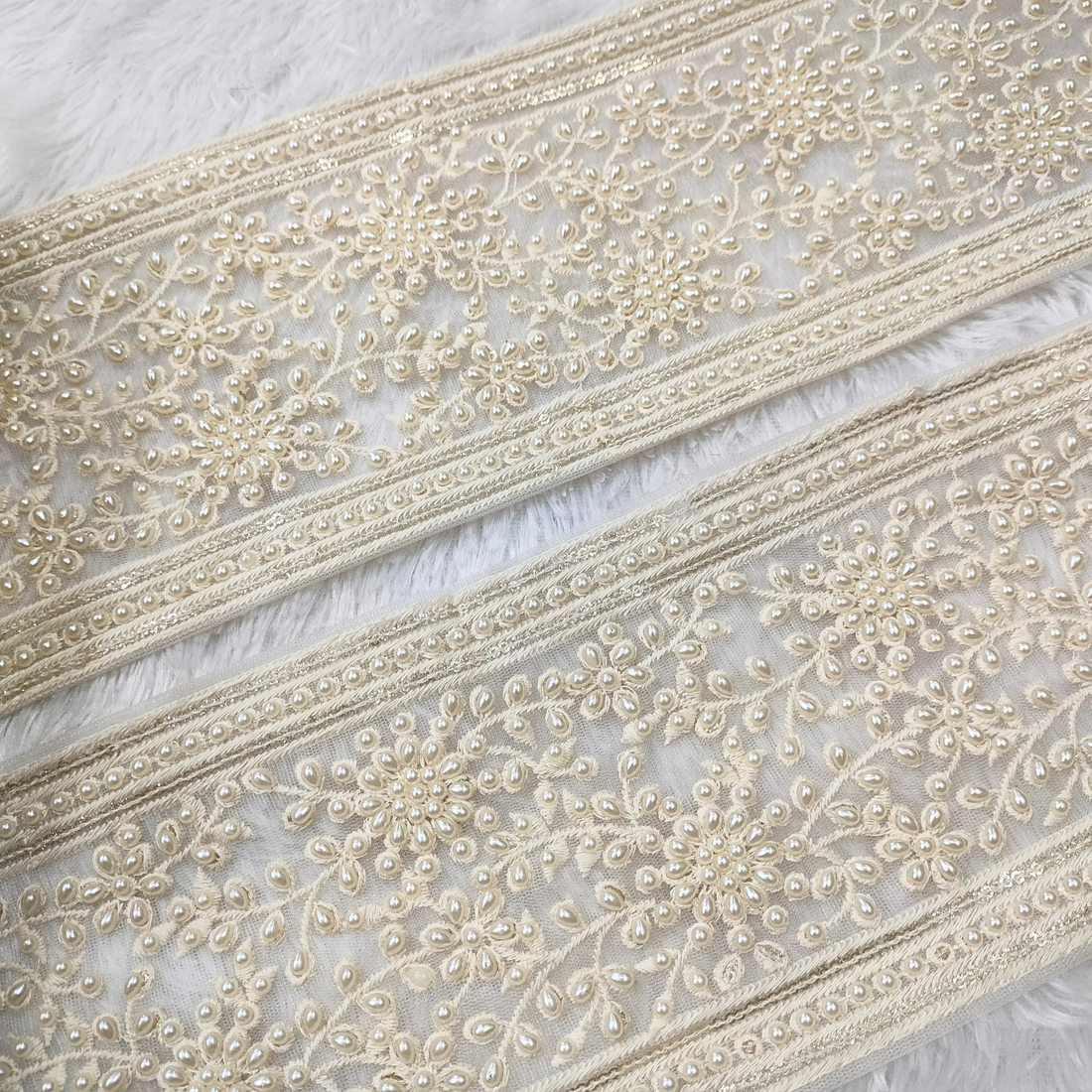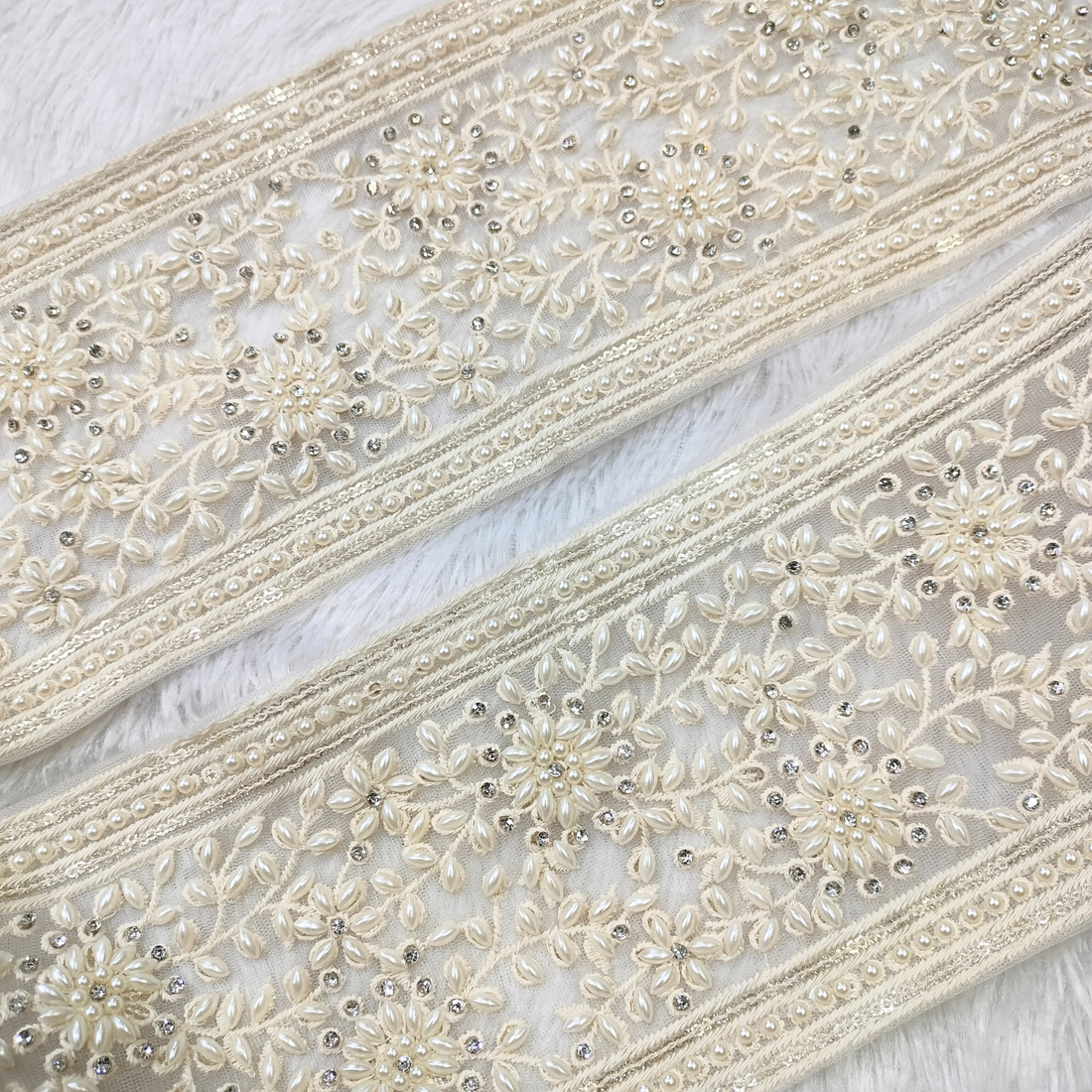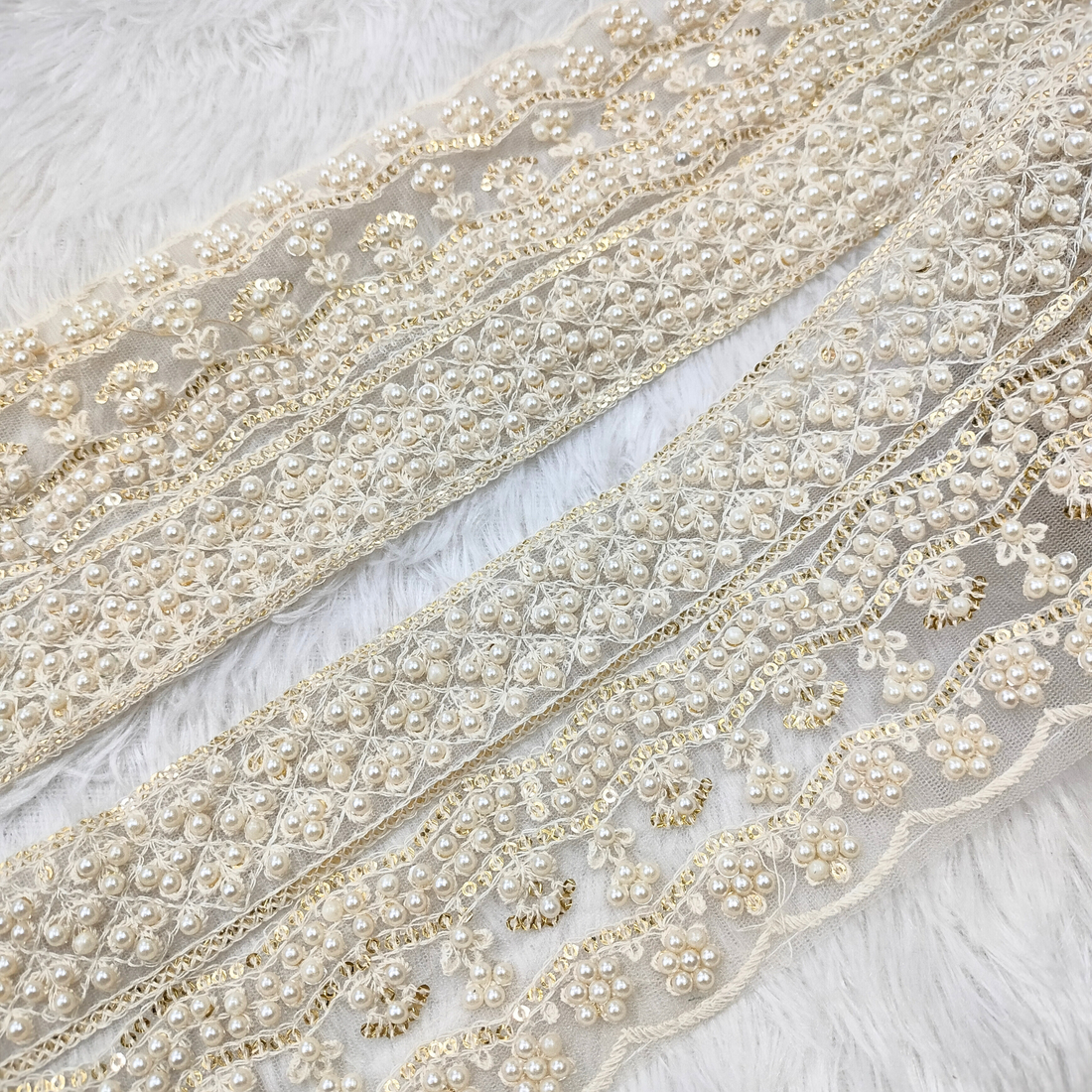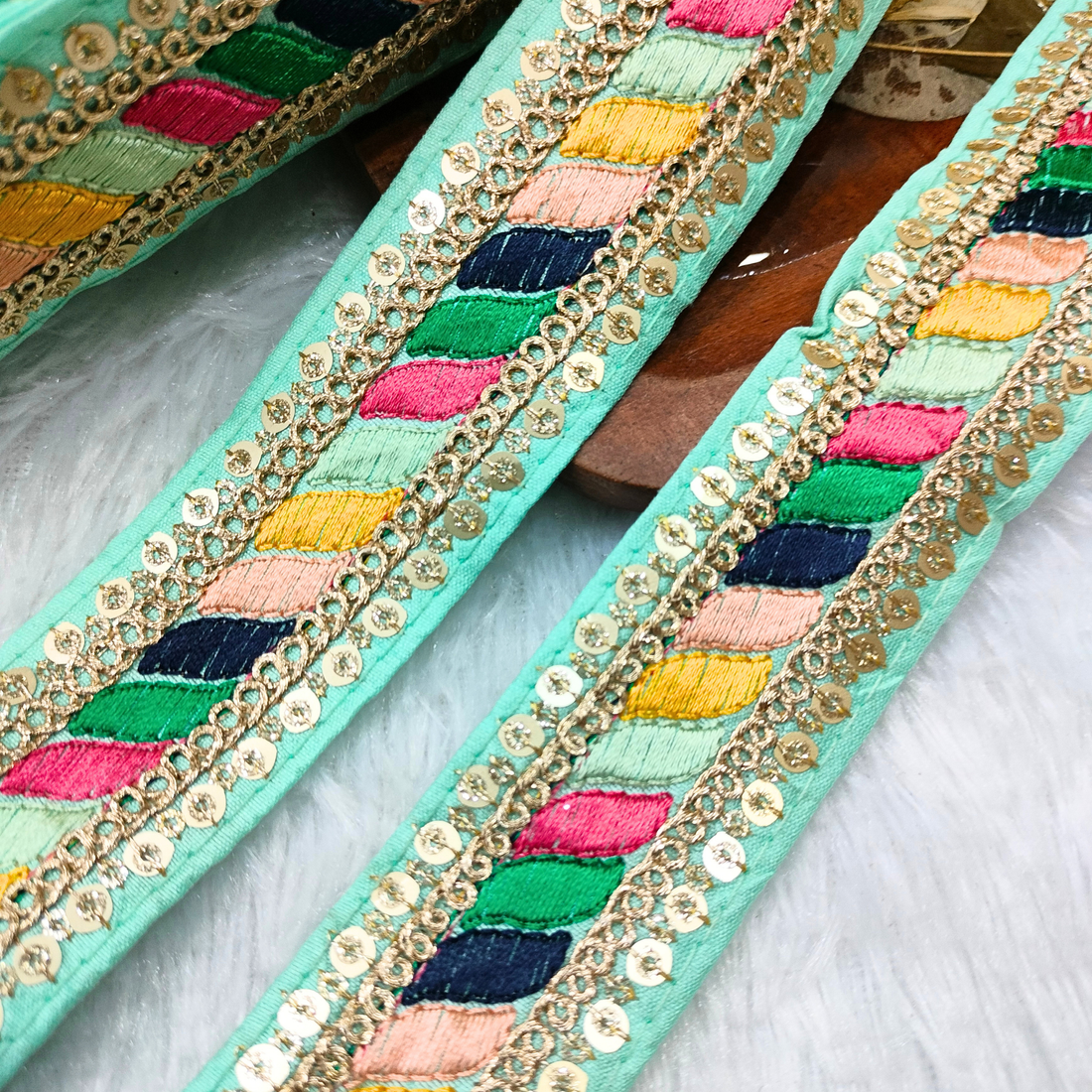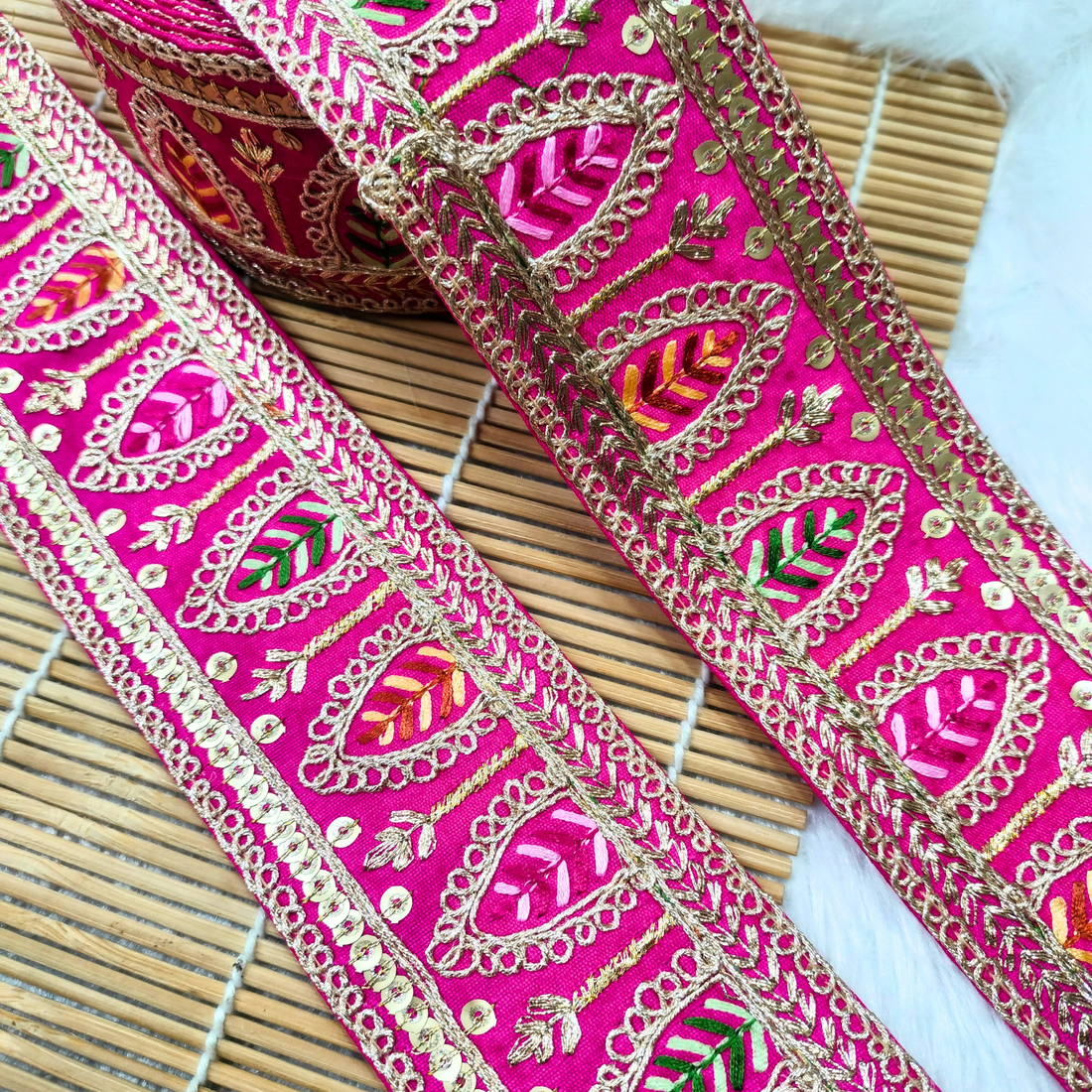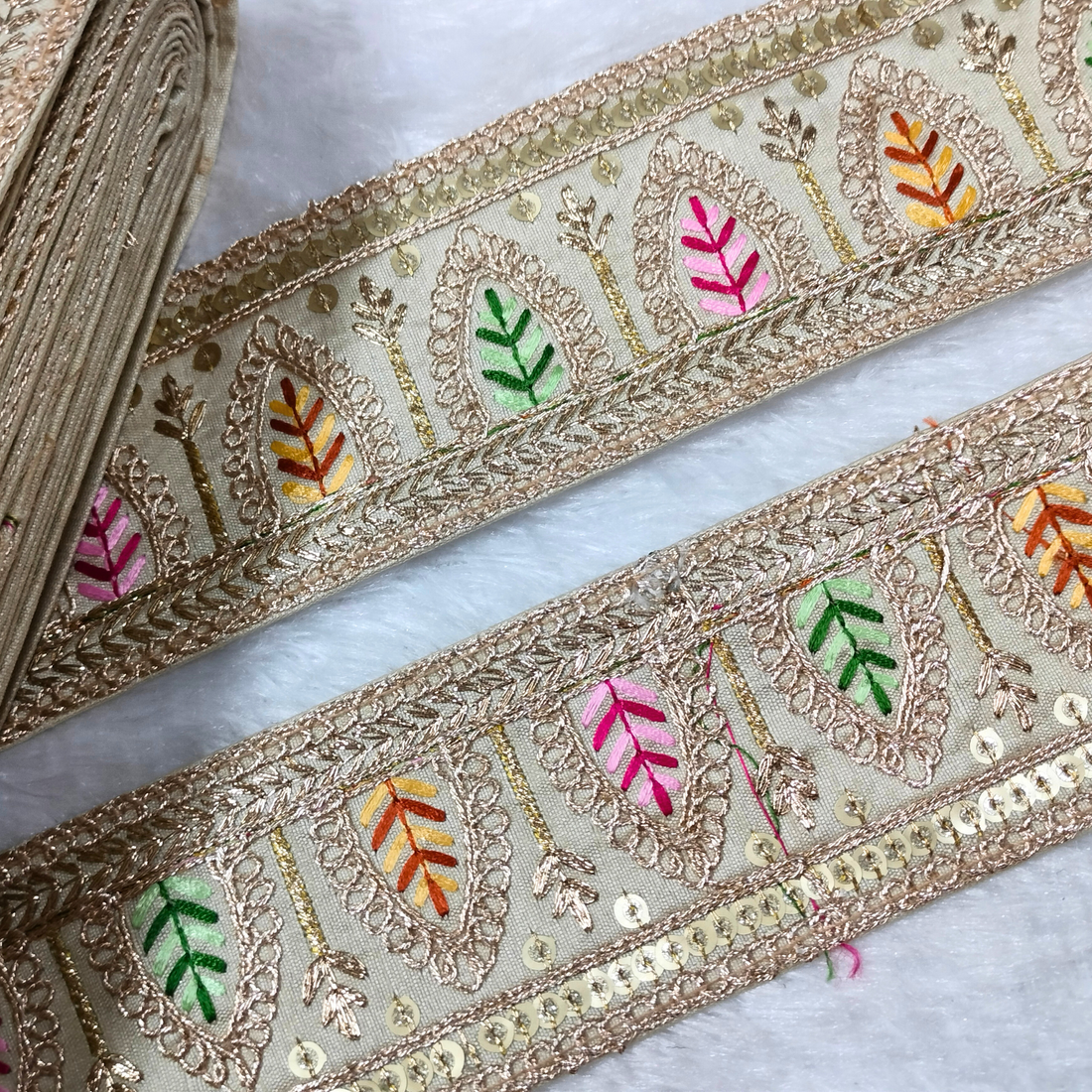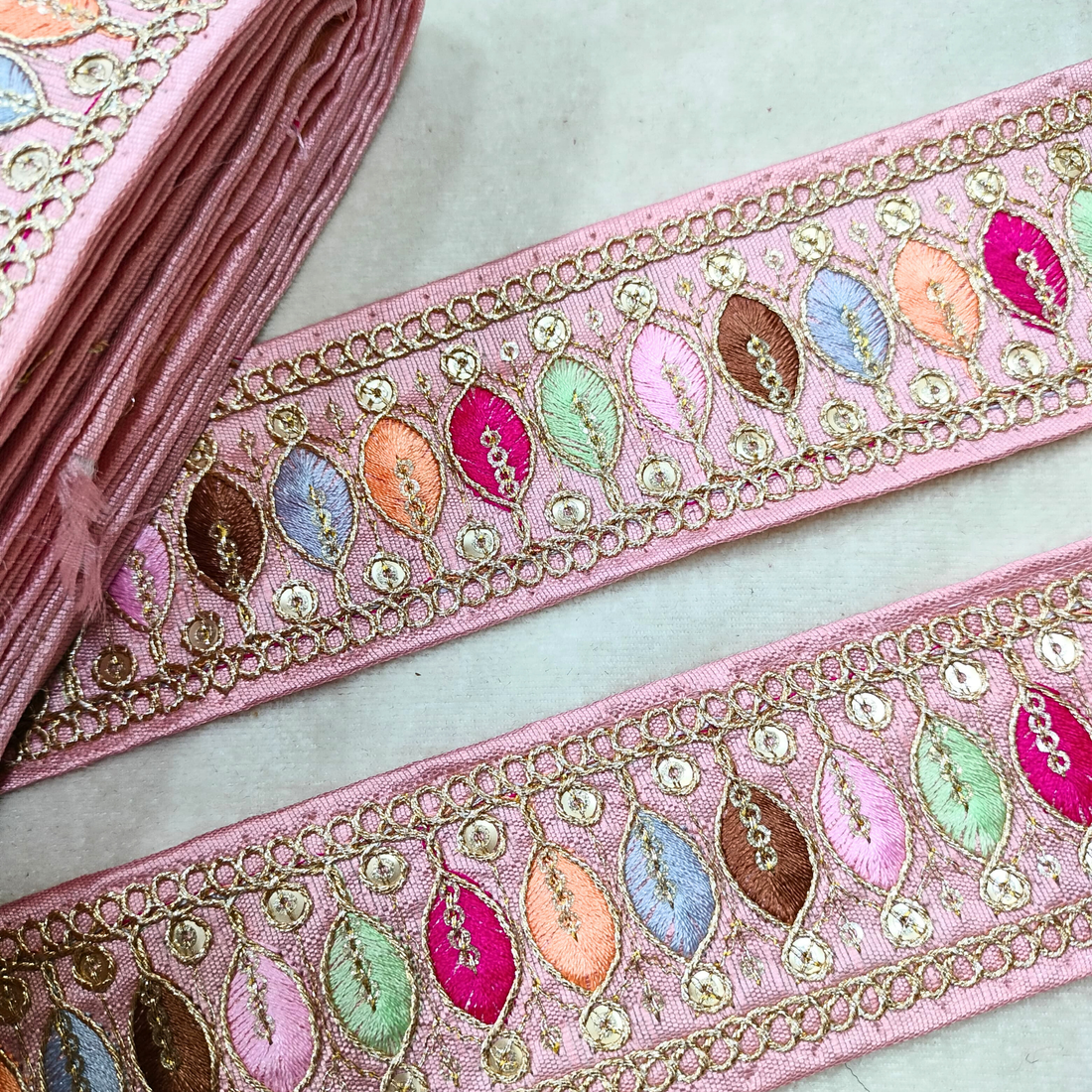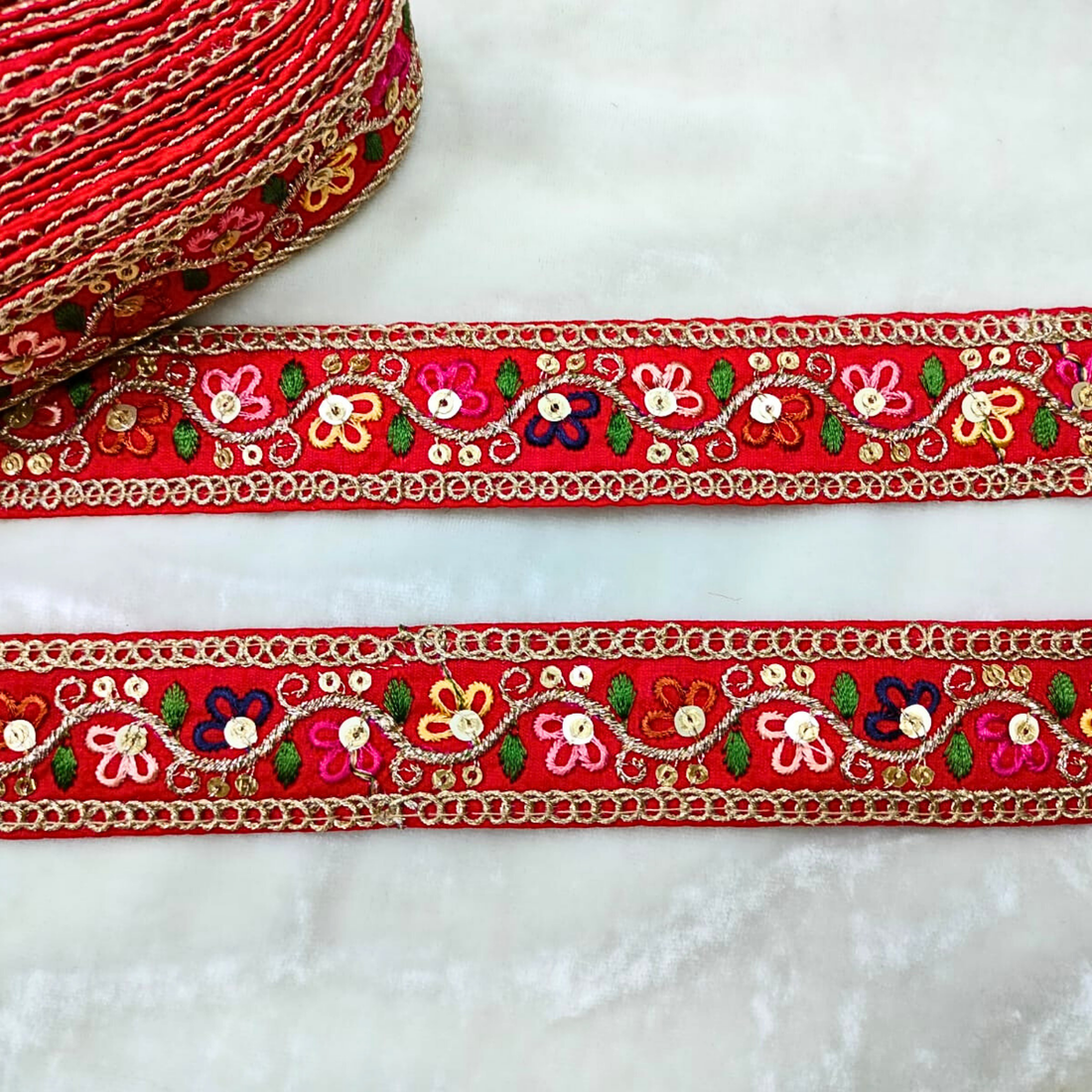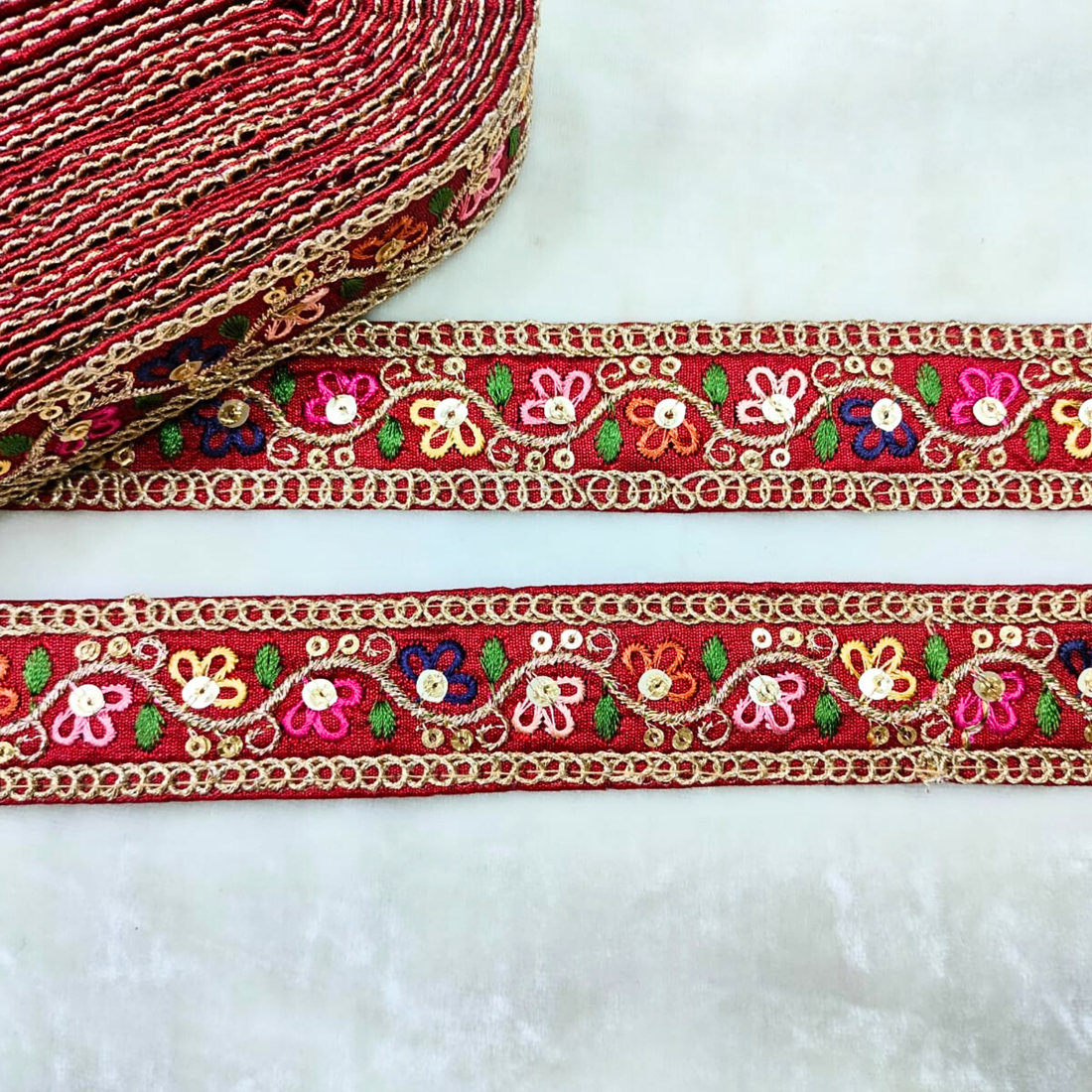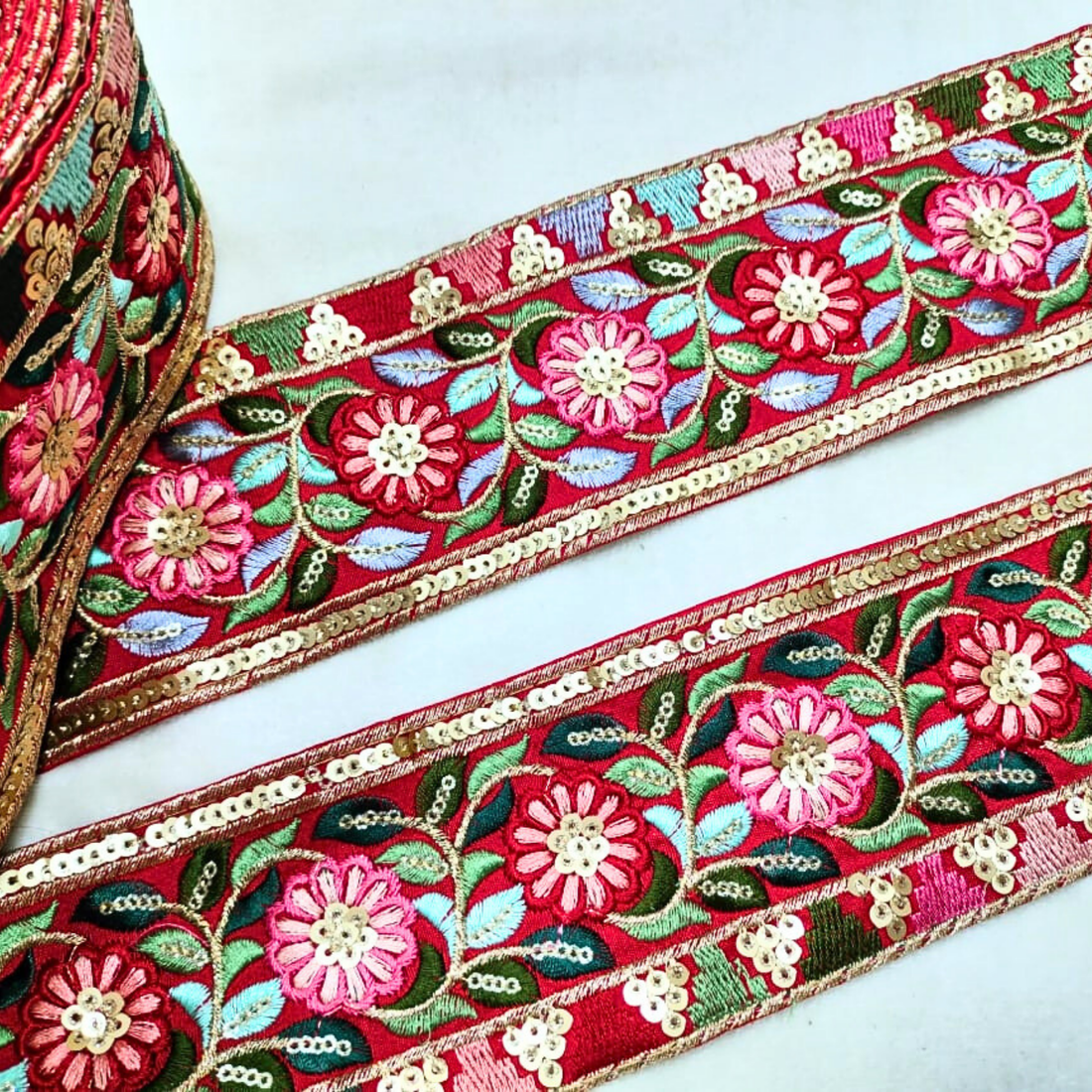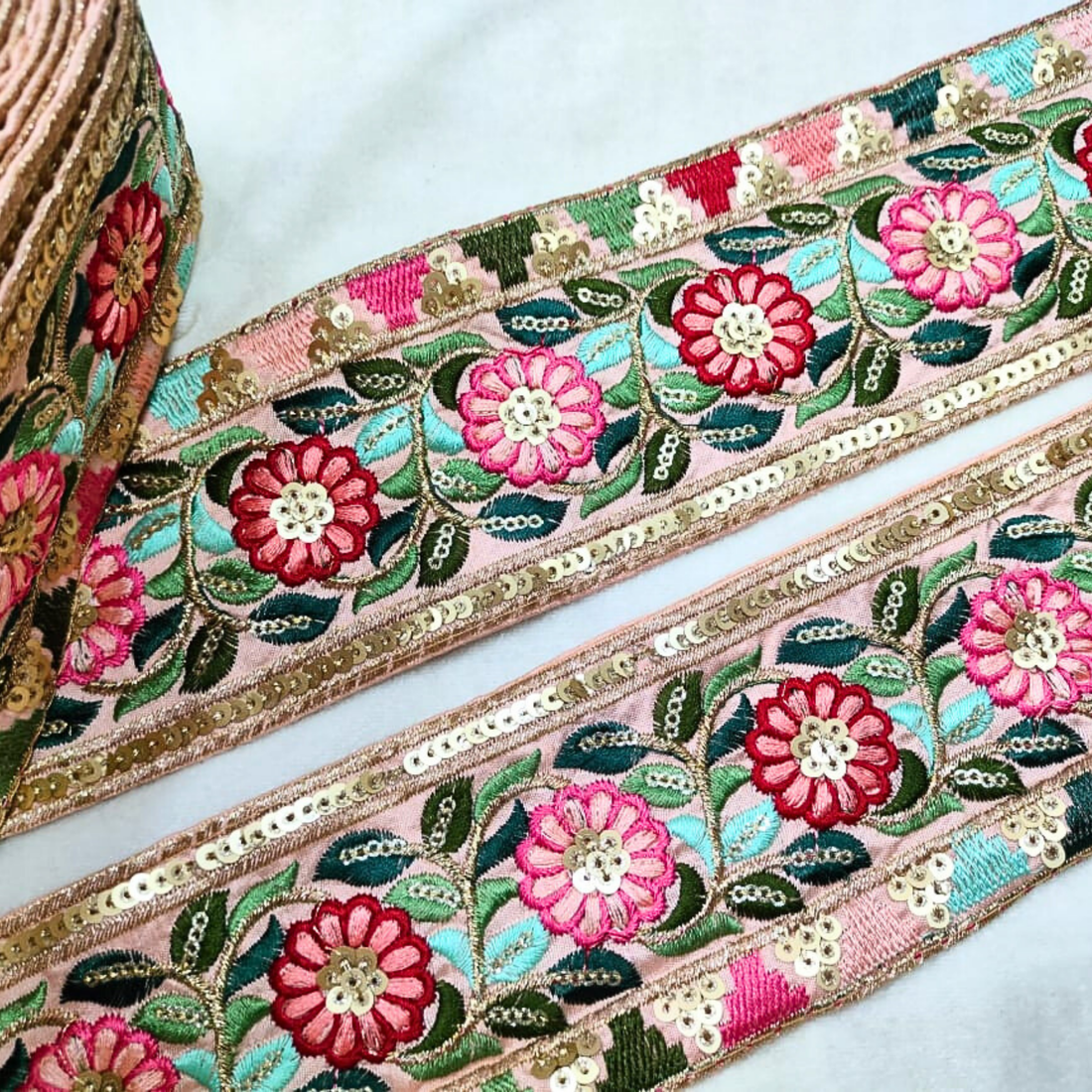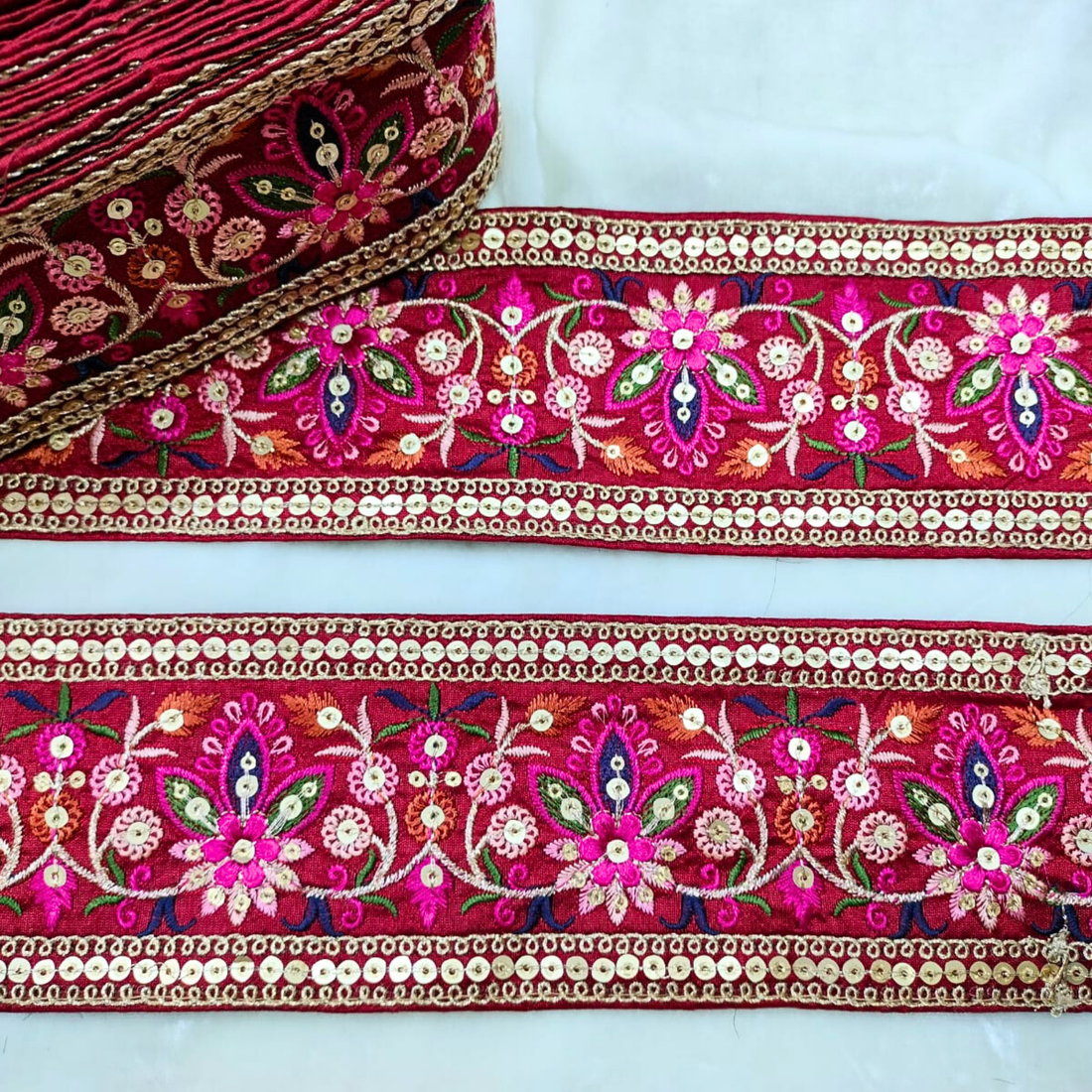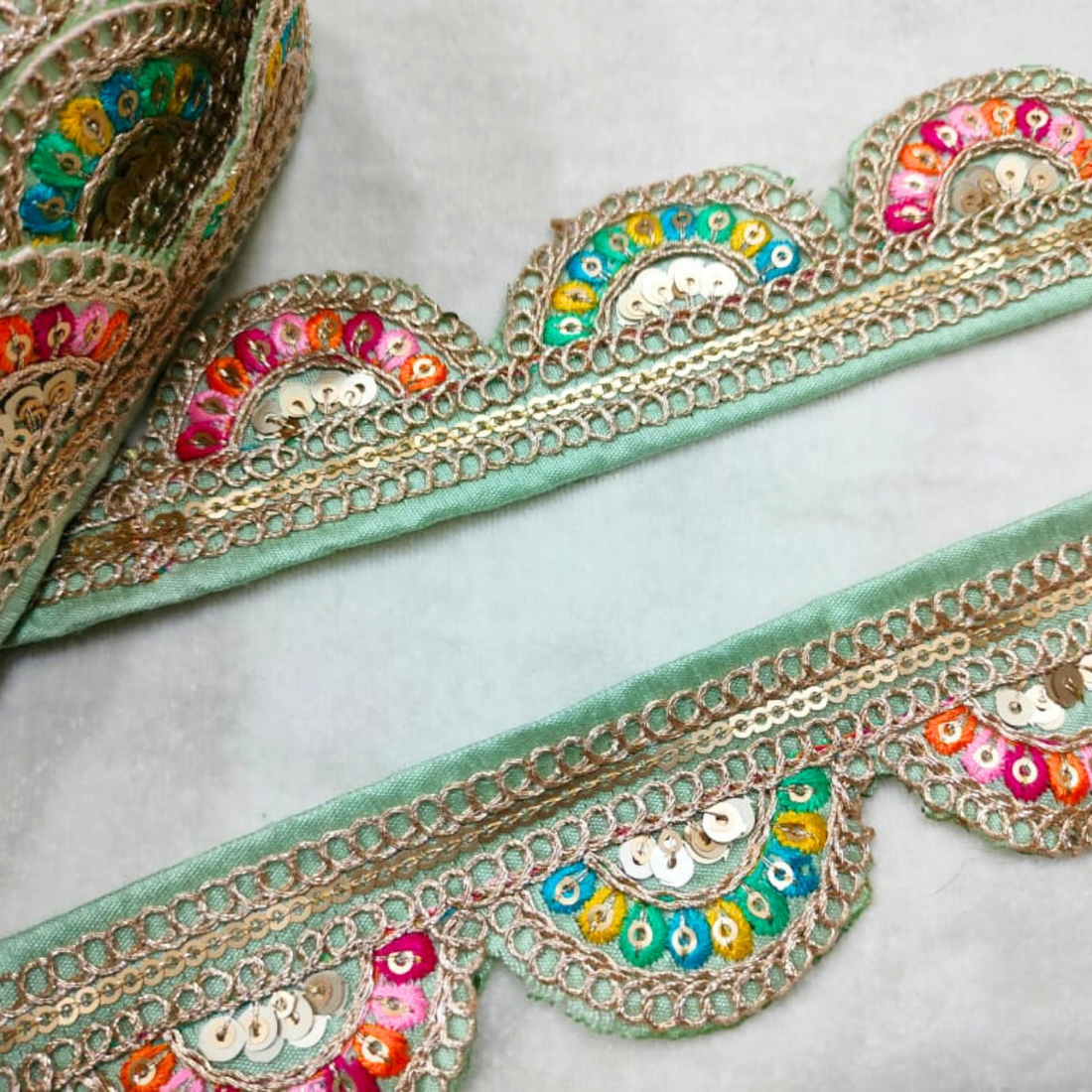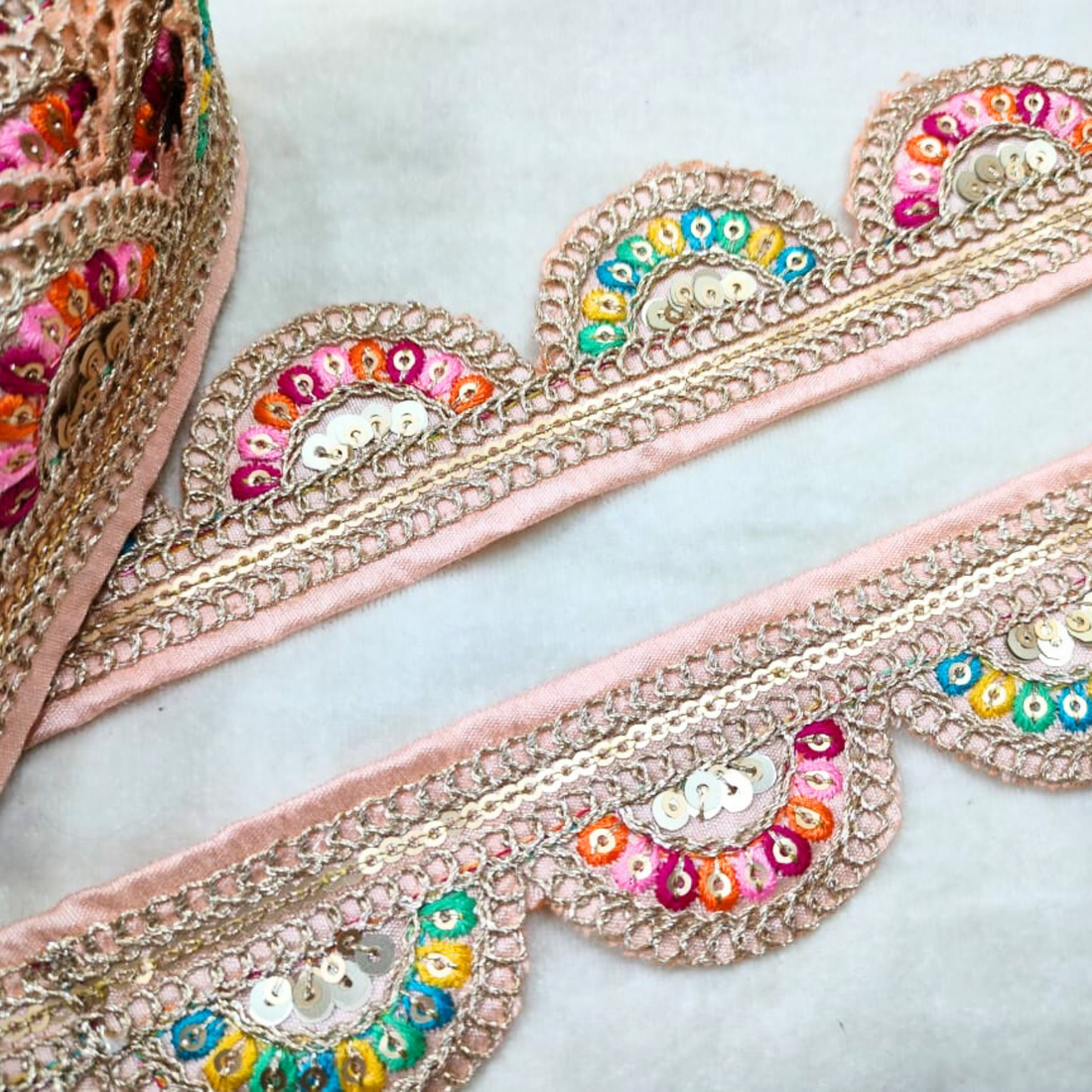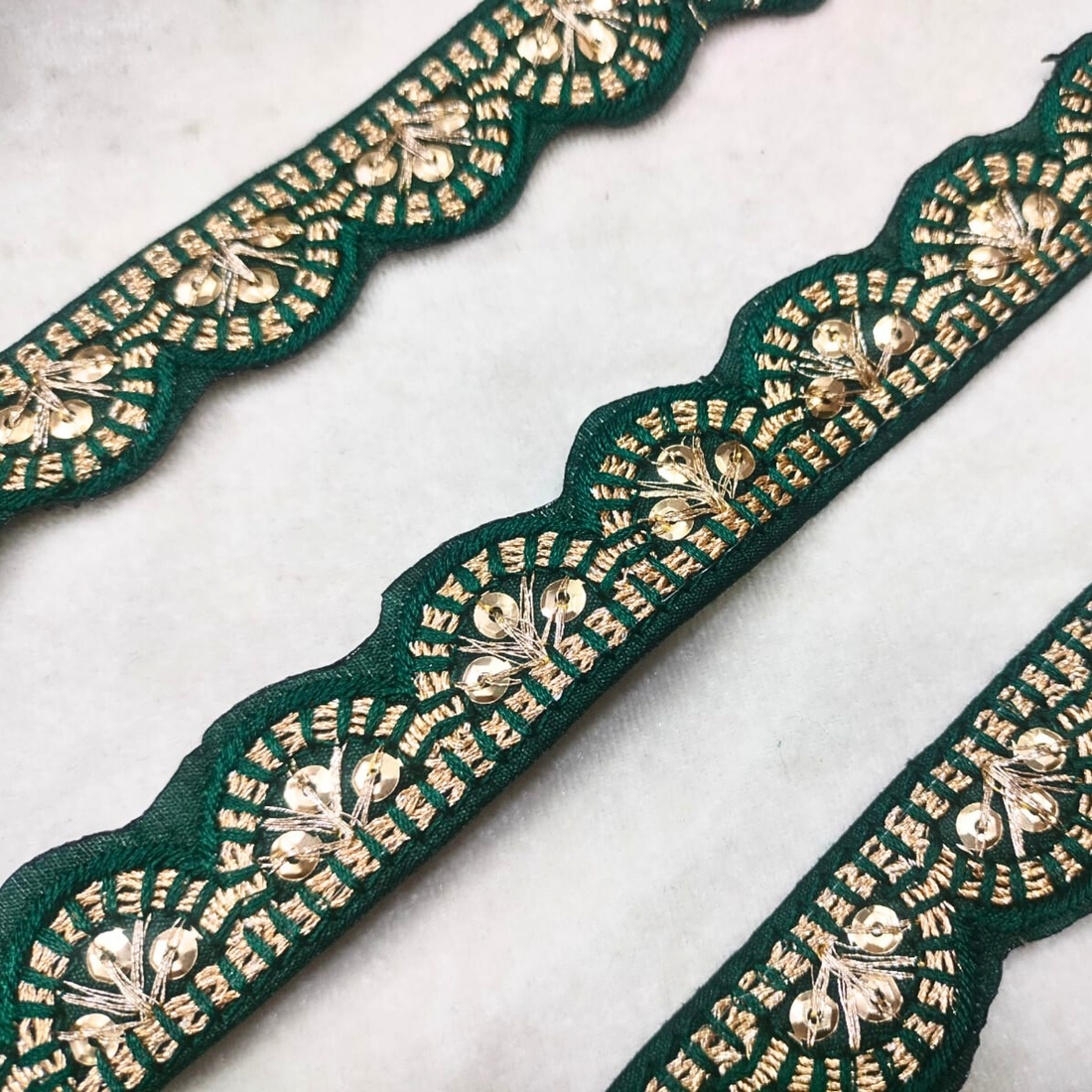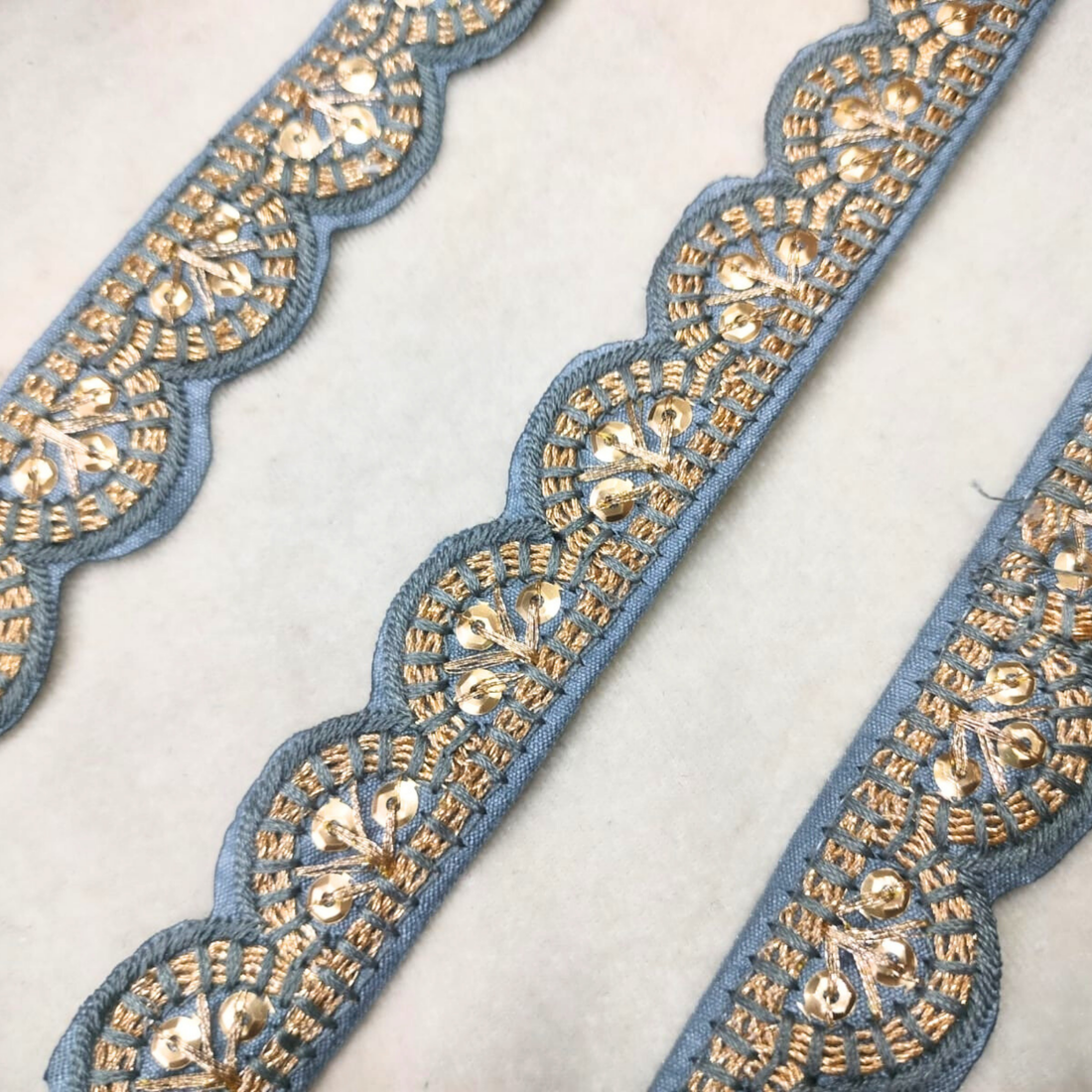
Embroidered Lace
Filters
Floral Embroidered Net Lace
Multicolor Zari Work Lace
Embellished Threadwork Trim
Floral Embroidered Trim with Multicolor Accents
Delicate Floral Multicolor Embroidered Lace
White Pearl Threadwork Trim
Multicolor Embroidery Work Lace
Radiant Base Multicolor Stitch Trim
Bold Multicolor Embroidery Floral Trim
Multicolor Embroidery Work Lace
Multicolor Floral Embroidery Trim
Circular Stonework Trim
Multicolor Embroidered Trim
Multicolor Threadwork Trim
Multicolor Embroidered Lace
Multicolor Floral Embroidered Trim
Delicate Multicolor Floral Embroidery Lace Trims
Multicolor Zari Trim
LoveGuard Charm
Multicolor Embroidered Lace
White Pearl Embellished Trim
White Pearl And Stone Embellished Trim
White Pearl Embellished Trim
Multicolor Embroidery Work Lace
Threadwork Rose Patch
Embellished Multicolor Trim
Multicolor Embroidery Work Lace
Multicolor Embroidery Work Lace
Vibrant Multicolor Floral Lace Trim
Elegant Multicolor Embroidered Lace Trim
Rich Multicolor Embroidery Trim
Vibrant Multicolor Embroidery Trim
Multicolor Embroidered Trim
Scalloped Fancy Zari Trim
Scalloped Fancy Zari Trim
- Featured
- Best selling
- Alphabetically, A-Z
- Alphabetically, Z-A
- Price, low to high
- Price, high to low
- Date, old to new
- Date, new to old
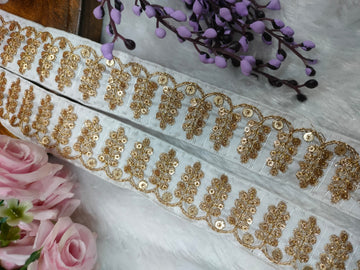
Crafted with Love: Stunning Embroidered Laces
Embroidered laces are a beautiful fusion of intricate craftsmanship and timeless elegance. Originating from ancient civilizations, the art of lace embroidery has evolved over centuries, with origins tracing back to Europe, particularly Italy and France, during the Renaissance era. These delicate fabrics were initially handmade by skilled artisans, often using fine threads like silk and cotton to create intricate patterns of flowers, vines, and geometric designs. Over time, embroidery lace gained popularity and became a symbol of wealth and refinement, often used to embellish garments of the elite.
Today, embroidered lace continues to be a favored choice in fashion and interior design, offering a touch of sophistication and texture. Commonly used in wedding dresses, bridal veils, home décor items, and accessories, this type of lace brings a luxurious, vintage appeal to modern creations. Whether used to enhance a garment or as part of a decorative piece, embroidered lace adds a unique, handcrafted touch that stands out.
For those looking to add some charm and elegance to their collection, embroidery laces online provide a vast selection of designs, making it easy to find the perfect piece. Browse through the exquisite patterns of embroidered lace and elevate your next project with these delicate, timeless embellishments.
Frequently Asked Questions
1. Who invented lace?
Lace is believed to have originated in the 15th century in Italy, with later developments in France and Belgium. It evolved from earlier needlework techniques used in both religious and secular garments.
2. What is the most expensive lace in India?
The most expensive lace in India is often French lace or Chantilly lace, known for its fine quality and intricate designs, imported for use in high-end fashion and bridal wear.
3. Is lace always in fashion?
Lace remains timeless and continues to be in fashion, especially in formal wear, bridal fashion, and vintage-inspired designs. Its appeal fluctuates with trends but never fades completely.
4. Why is lace so attractive?
Lace is attractive due to its delicate, intricate patterns, which exude a sense of elegance, femininity, and vintage charm. Its ability to add texture and depth to fabrics makes it visually captivating.
5. What are the disadvantages of lace?
Lace can be delicate and prone to tearing, making it less durable than other fabrics. It can also require delicate care, such as handwashing, to maintain its beauty.
6. Why is lace expensive?
Lace is expensive due to the intricate, time-consuming techniques required to create it. Handmade lace, especially, demands a high level of craftsmanship, making it a luxury item.
7. What fabric goes best with lace?
Lace pairs well with fabrics like silk, satin, chiffon, and tulle, as these materials enhance the lace's delicate appearance and texture, making them ideal for evening wear, bridal gowns, and formal dresses.
8. Is lace always handmade?
Not all lace is handmade. While traditional lace is created by hand, modern lace is often machine-made, allowing for more affordable and mass-produced versions. However, handmade lace remains highly valued for its quality and craftsmanship.


